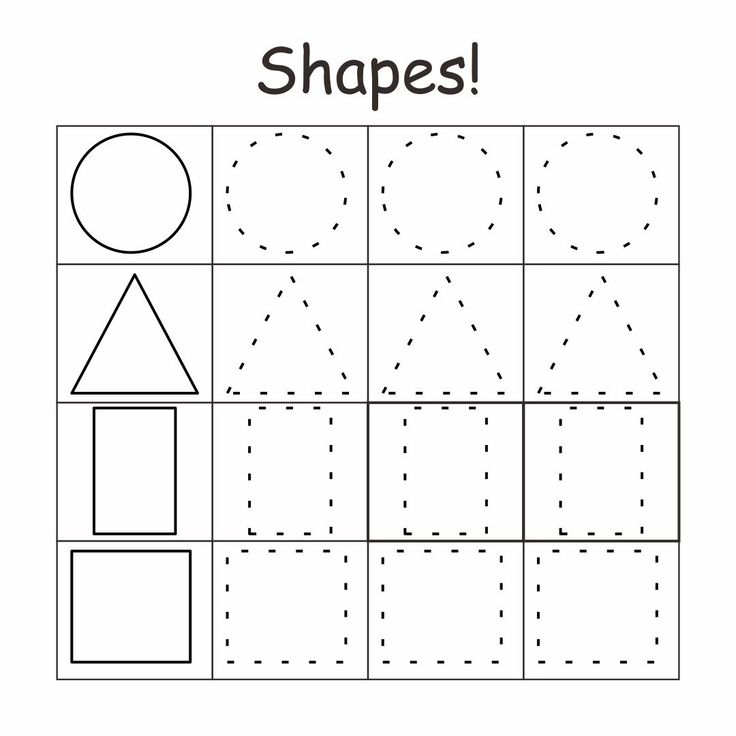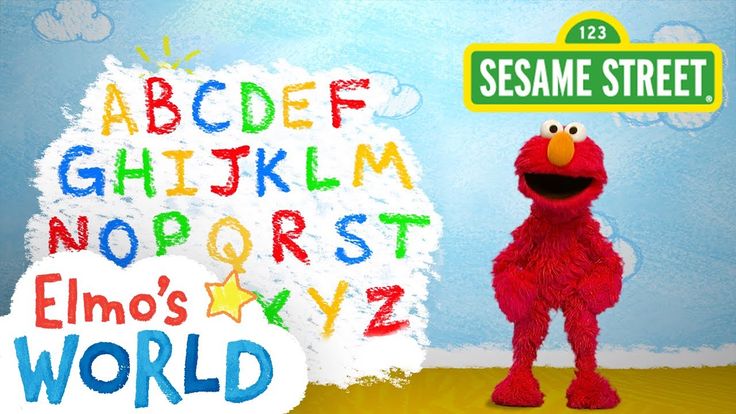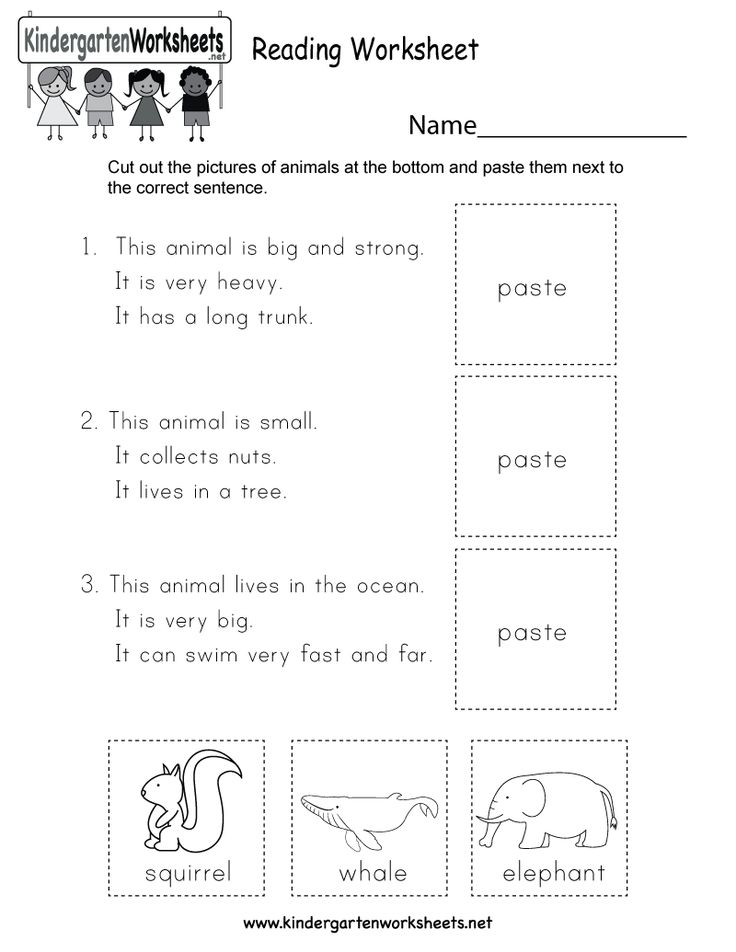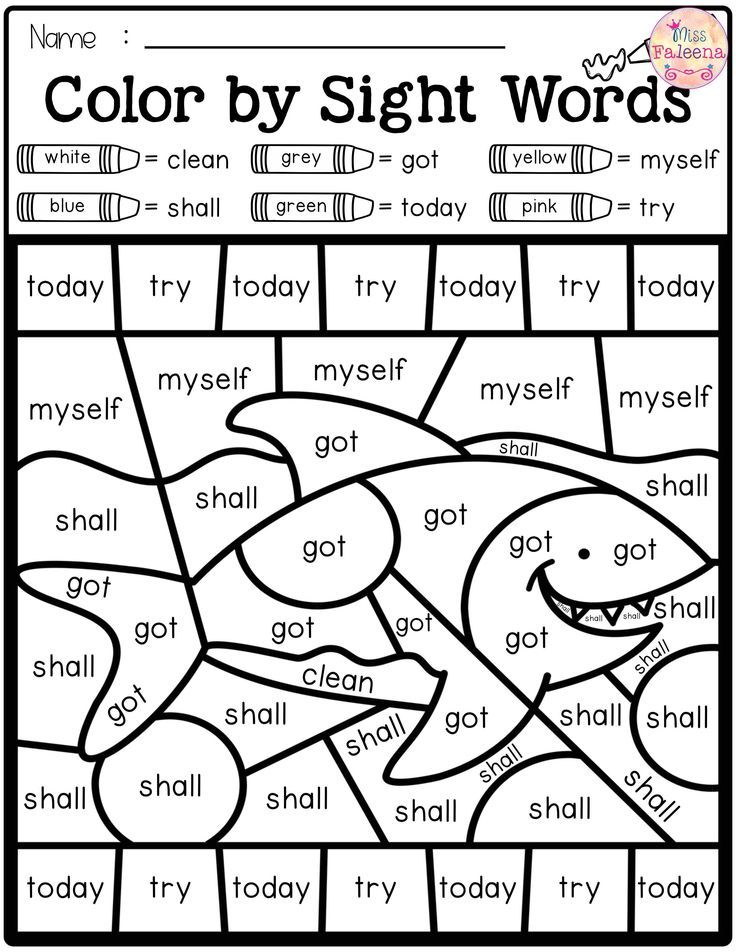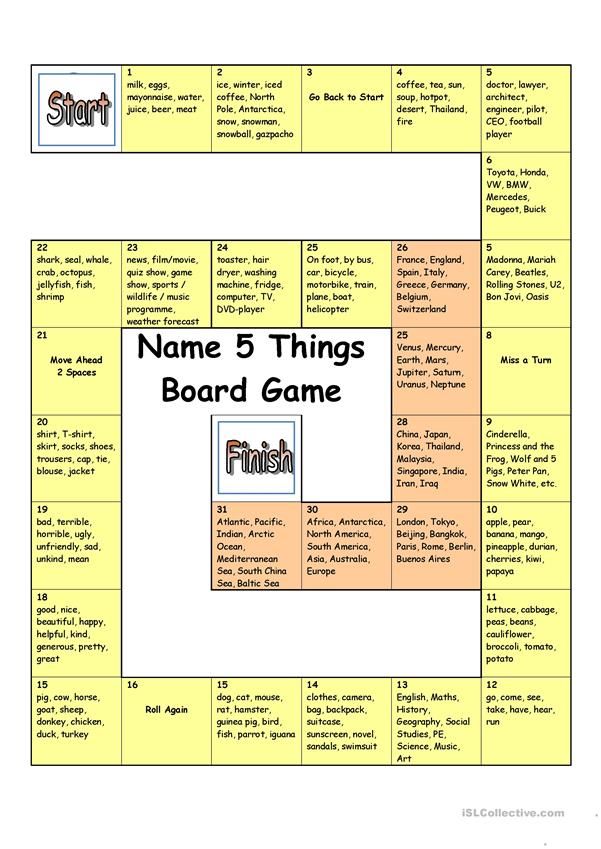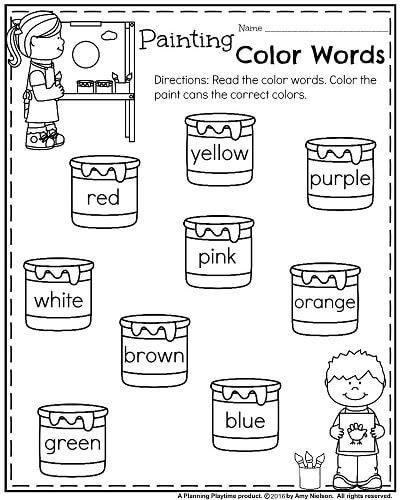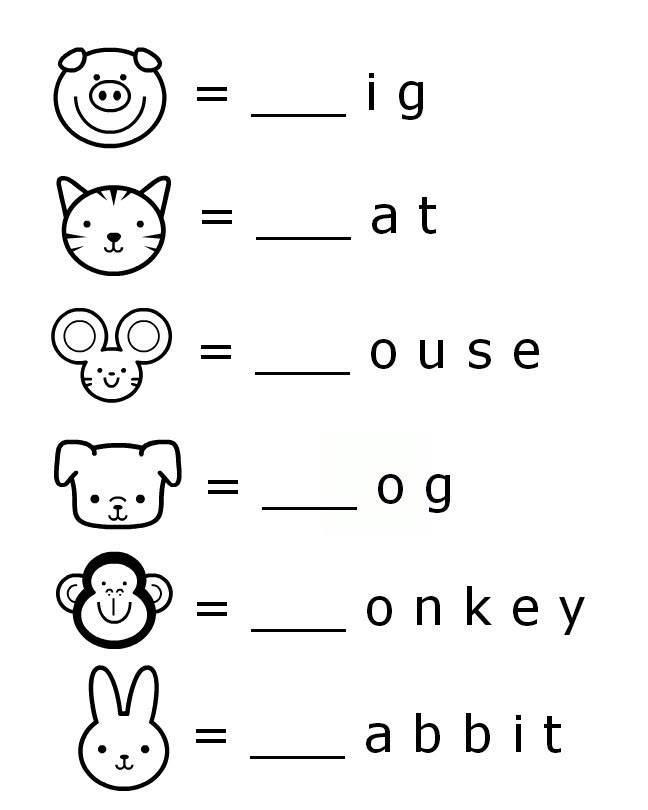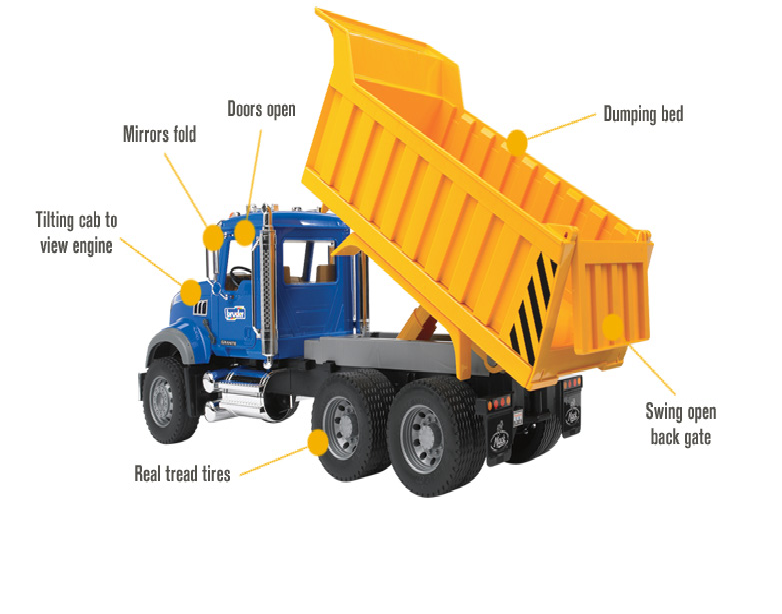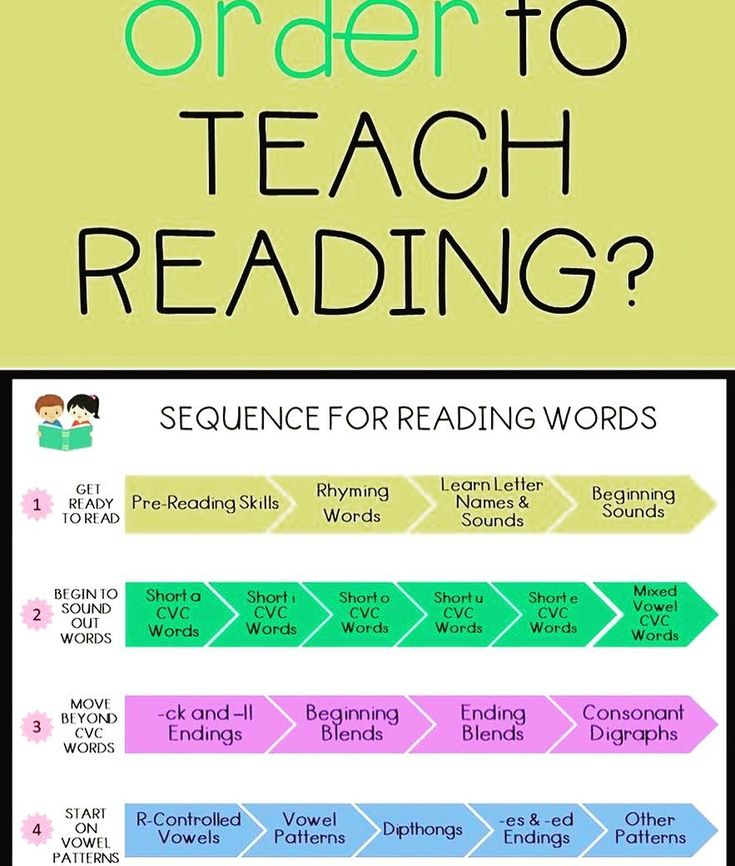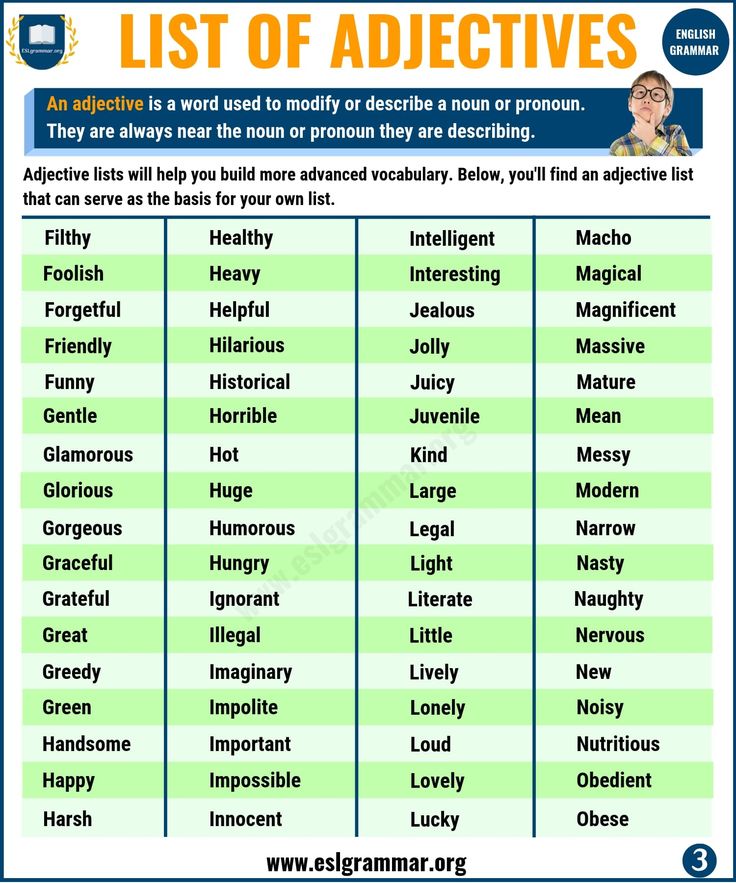All about reading level 1 books
All About Reading Level 1
CHOKING HAZARD - Small Parts. Not for children under 3 yrs.
Here's What You'll Need for Level 1
Individual Products
The 1st and 2nd editions of AAR Level 1 can not be mixed and matched. For example, you can't use a 1st edition of the Teacher's Manual with a 2nd edition of the Student Packet.
Click to view-
0 012345678910+
All About Reading Level 1 Teacher's Manual
Included in the Level 1 Materials.
-
0 012345678910+
All About Reading Level 1 Student Packet
Included in the Level 1 Materials.
Contains: Activity Book, Flashcards, Viewfinder Bookmark, and stickers. Purchase a Student Packet for each additional student.
-
0 012345678910+
All About Reading Level 1 Activity Book
Included in the Level 1 Student Packet.
-
0 012345678910+
Smiling Star Stickers
Included in the Level 1 Student Packet.
-
0 012345678910+
Run, Bug, Run! Reader
Included in the Level 1 Materials.
-
0 012345678910+
The Runt Pig Reader
Included in the Level 1 Materials.
-
0 012345678910+
Cobweb the Cat Reader
Included in the Level 1 Materials.
-
0 012345678910+
Letter Tiles
Included in the Reading and Spelling Basic Interactive Kits.
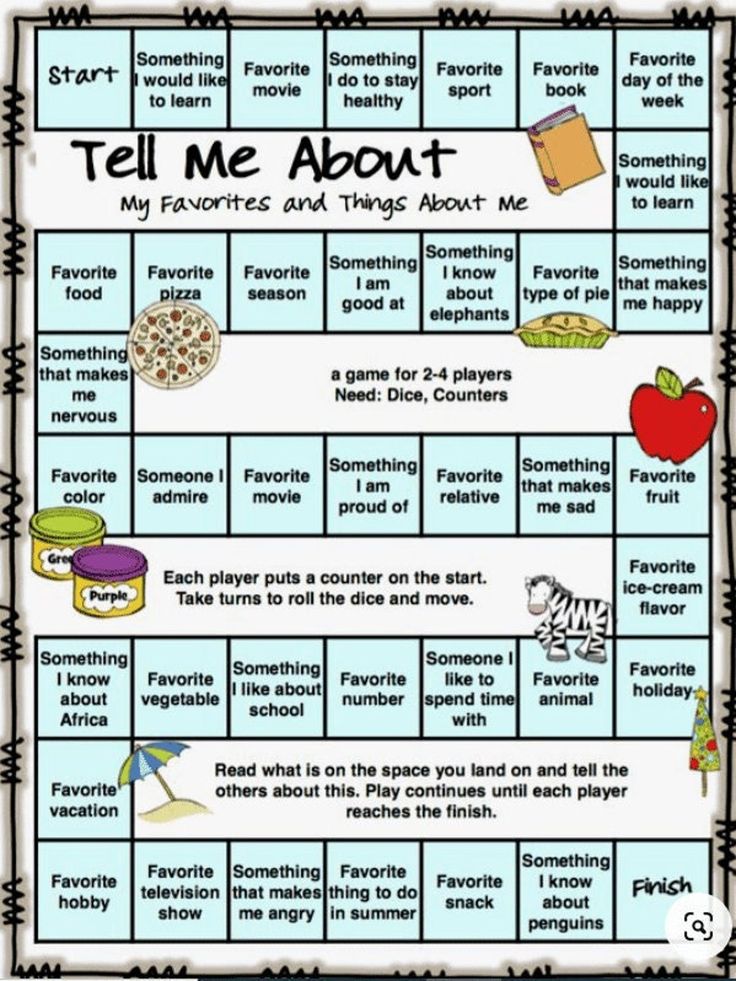
-
0 012345678910+
Magnets
Included in the Reading and Spelling Basic Interactive Kits.
-
0 012345678910+
Reading Divider Cards
One set of divider cards is included in the Basic Reading Interactive Kit. Purchase an additional set for each additional reading student.
Teaching Multiple Students?
All About Reading makes it easy to teach multiple students! If you're teaching more than one child, you'll need to purchase a few individual products for each child.
Letter Tiles App
Price $19.99
The Letter Tiles app for tablets can be used in place of OR in addition to the physical Letter Tiles. The Letter Tiles app can be purchased from the app store of your choice and is available on iPad, Android, and Amazon Fire tablets.
- Build and divide words into syllables
- Quickly and easily hear the sounds of the phonograms
- No more lost letter tiles!
Download Now for
iPad Devices
Download Now for
Android Tablets
Download Now for
Amazon Fire
Placement for Level 1
Please note that the level numbers on our books do not refer to grade levels. Our lessons are mastery-based, not grade-level-based. This means that students are placed according to their current ability rather than their age or grade level. The book may be labeled "Level 1," but this is not meant to indicate that it is appropriate for all first graders. Some kids may begin the program when they are five, while others may begin when they are older.
Complete this placement test to determine if your student is ready for Level 1.
Begin Placement Test
Look Inside Level 1
See What's Taught
View
What's Taught in Level 1
Phonological Awareness
- Learn techniques for syllable counting
- Isolate sounds in three- and four-letter words
- Practice phonemic substitution
Decoding (Phonics)
- Learn phonograms A-Z, plus TH, SH, CH, CK, NG, NK
- Read short vowel words containing the new phonograms, such as man, set, pup, quack, class, bench, trunk, king, and gasp
- Read words ending in FF, LL, and SS, as in hill and kiss
- Read words with initial blends, as in step and flag
- Read words with final blends, as in next and lost
Decoding (Structural Analysis)
- Read plural words with suffix s or es, such as pigs and lunches
- Read compound words, such as windmill
Vocabulary
- Discuss new words in the context of the story and one's own life
- Connect new words to familiar words
Fluency
- Read with accuracy
- Read with meaningful expression
- Read with natural phrasing
Comprehension
- Connect text to one's own experiences
- Understand dialogue
- Give and discuss opinions
- Set a purpose for reading
Close
Have Questions about Level 1?
How many lessons are in Level 1?
Level 1 has 53 lessons.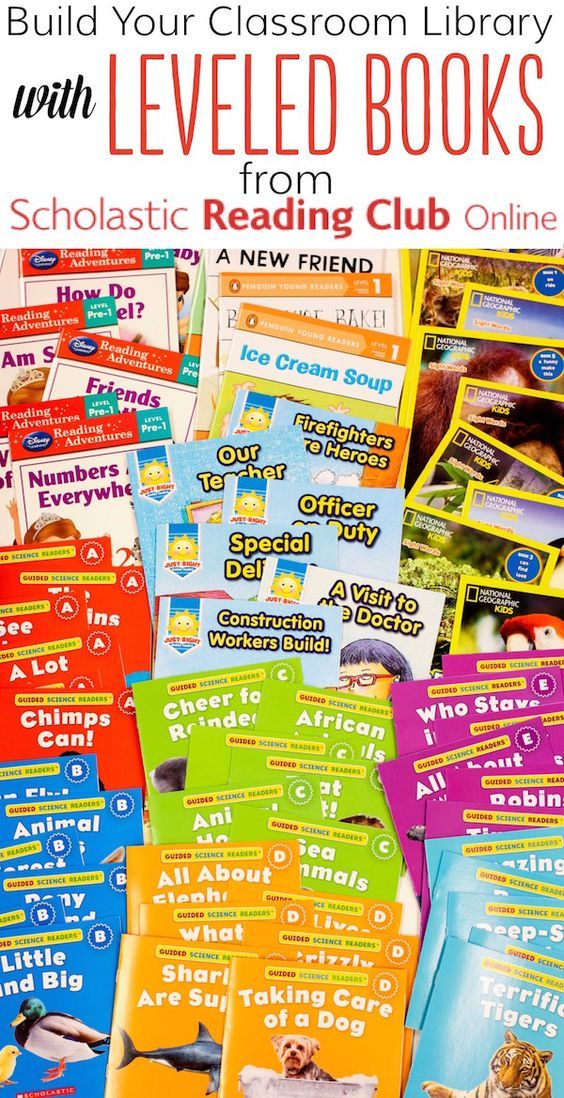 Please know that the lessons in All About Reading are not meant to be completed in one day.
Please know that the lessons in All About Reading are not meant to be completed in one day.
In fact, some lessons may take a week or more to finish. A number of variables contribute to how quickly a lesson can be completed: your student’s age, attention span, prior experience, the difficulty of the concept being taught, and the length of the stories.
How do I get started with Level 1?
For a complete overview of how to prepare to teach All About Reading Level 1, see the detailed "Preparing for Level 1" information on pages 7-31 of your Teacher's Manual or watch the Level 1 Preparing to Teach All About Reading videos.
What if I have more than one student?
If you are teaching more than one student at a time, you will need to order additional Student Packets for each student. The Level 1 Materials contain enough for teaching one student.
If you will be reusing your Level 1 Materials for future students, you can reuse the Student Packets.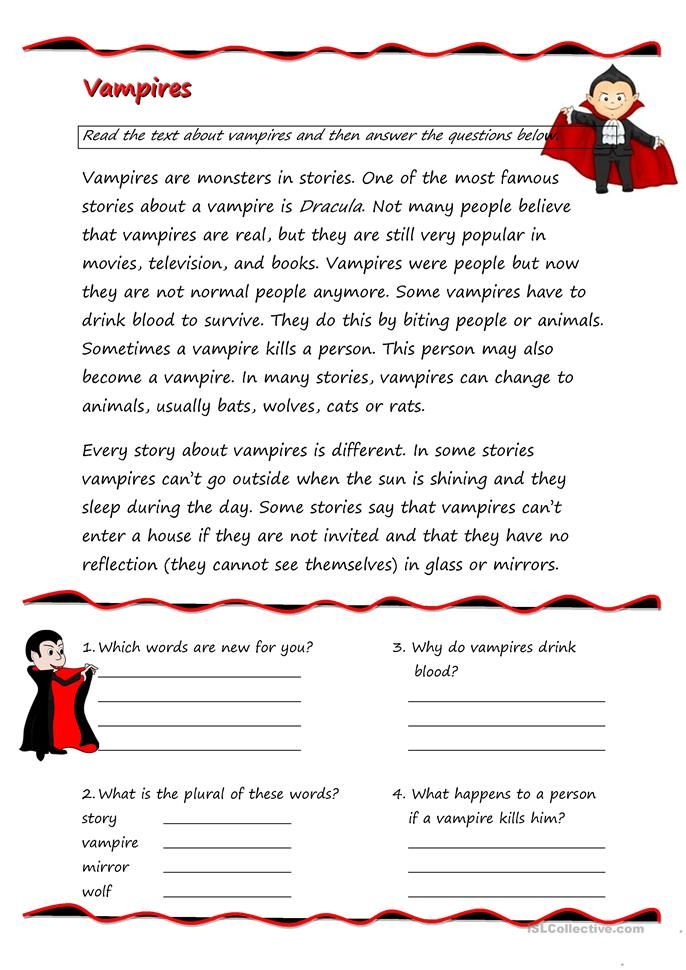 Download extra consumable components of the Level 1 Student Packet here:
Download extra consumable components of the Level 1 Student Packet here:
- Progress Chart
- Read-Aloud Record
- Certificate of Achievement
Can I get extra copies of the Progress Chart, Read-Aloud Record, and Certificate of Achievement?
I already have a Spelling Interactive Kit. Do I need to purchase a Reading Interactive Kit?
If you already have a Spelling Interactive Kit, you won't need another complete kit, just these two components:
- Reading Divider Cards
- Reading Review Box
You can find these components on the Reading Interactive Kit page.
Previous Editions
Can I mix and match the Second Edition with the Color Edition of Level 1?
Yes you can! See our correlations chart.
Does the Color Edition of Level 1 contain any new lesson content?
No. The main difference is that the new materials are all in color now.
Can I mix and match First Edition materials with the Second Edition or Color Edition of Level 1?
No, the First Edition of Level 1 cannot be mixed and matched with other editions.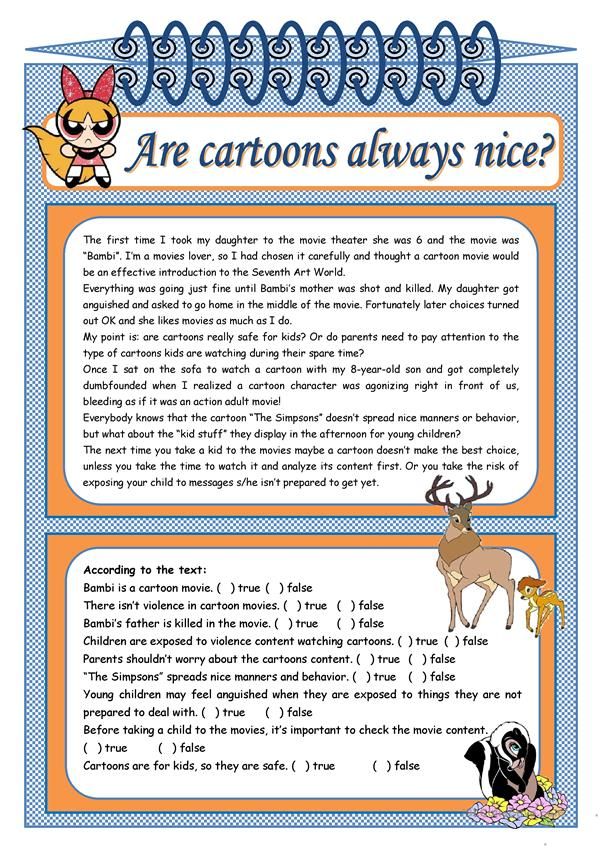 Since so much new content was added to the Second and Color Editions of Level 1, it would be very difficult to use part of the newer versions in conjunction with the First Edition of Level 1. For example, you can't use the First Edition of the Teacher's Manual with the Second or Color Edition readers. Learn more about the changes from the First Edition to the Color Edition here.
Since so much new content was added to the Second and Color Editions of Level 1, it would be very difficult to use part of the newer versions in conjunction with the First Edition of Level 1. For example, you can't use the First Edition of the Teacher's Manual with the Second or Color Edition readers. Learn more about the changes from the First Edition to the Color Edition here.
All Editions of Level 1 (First, Second, and Color) will blend seamlessly into All About Reading Level 2.
What's the difference between the First Edition of Level 1 and the later editions?
The Second Edition and Color Edition both have hundreds of new pages throughout the materials:
- The Teacher’s Manuals in each includes 4 new lessons and over 100 additional pages of material.
- The Blast Off to Reading activity book has 30 additional activities, 52 Warm-Up Sheets, and nearly 150 pages of new material.
- The readers contain a total of 17 brand-new, fully decodable stories and feature expanded page counts.
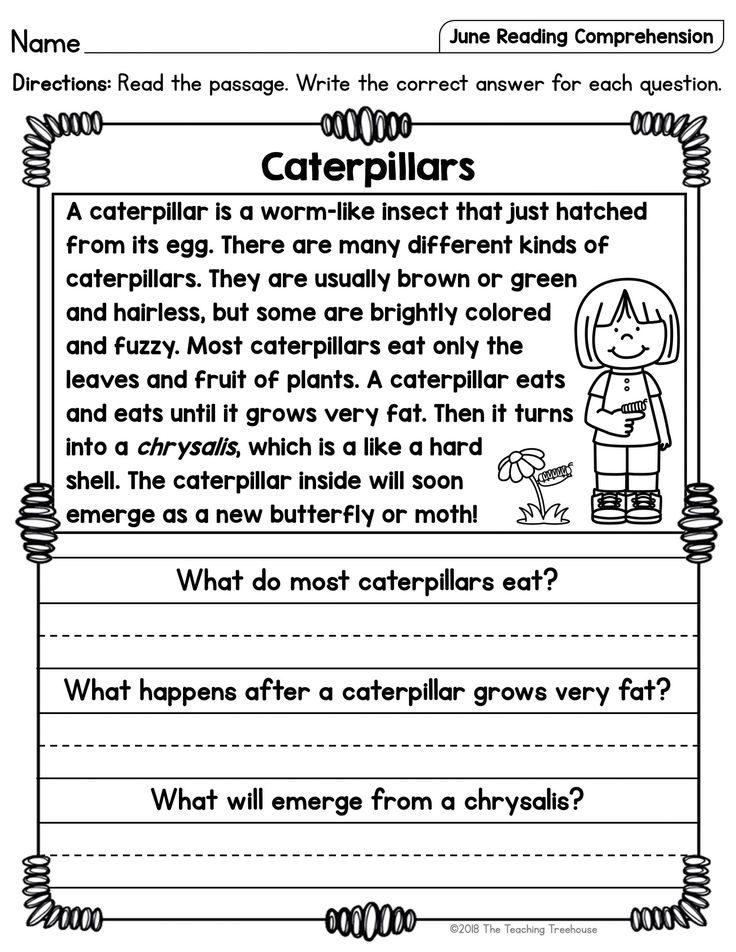
- The Student Packet contains 19 new Word Cards.
Learn more about the changes from the First Edition to the Color Edition here
Can I still buy First and Second Edition materials?
We're sorry, First and Second Edition materials are no longer available.
Is the Deluxe Interactive Kit still available?
We are phasing out the Deluxe Interactive Kit, but they can still be purchased through December 2022. The following chart shows the differences between the Basic Interactive Kit and the Deluxe Interactive Kit.
Leave a Review
Your email address will not be publicly displayed.
Rate your review 1 star (worst) 2 stars 3 stars (average) 4 stars 5 stars (best)Headline for your review
Your Review
Subscribe to our newsletter
This site is protected by reCAPTCHA and the Google Privacy Policy and Terms of Service apply.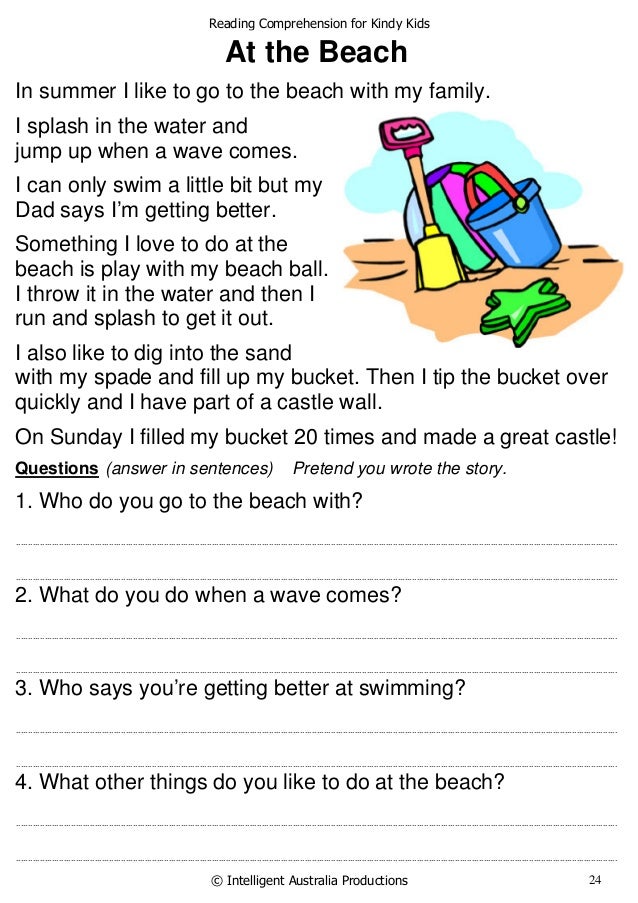
Thank you for your review. It will be visible once it is approved (normally 1-2 business days).
There was a problem while submitting your review, please try again.
All About Reading Level 1 Complete Set (Colour Edition)
Skip to contentBy: Marie Rippel & Renee LaTulippe
From: $204.16
Get ready to make reading your student’s favorite subject of the day! This is a delightful, developmentally appropriate method for learning to read. All About Reading is a scripted, open-and-go program, developed for busy parents, teachers, and tutors who want to teach reading in the most effective way possible.
| Product | Quantity | |
|---|---|---|
All About Reading Level 1 - Student Packet (Colour Edition)$84.08 | 1 | |
All About Reading Level 1 - Teacher's Manual, Colour Edition$63.18 | 1 | |
All About Reading Level 1 - Run, Bug, Run! (Colour Edition)$28.45 | 1 | |
All About Reading Level 1 - Cobweb the Cat (Colour Edition)$28.45 | 1 | |
All About Reading Level 1 - The Runt Pig (Colour Edition)$0.00 | 1 | |
All About Reading - Basic Interactive KitAdd for $29.95 | 1 |
All About Reading Level 1 Complete Set (Colour Edition) quantity
Add to wishlist
Categories: 1st Grade, 2nd Grade, 3rd Grade, 4th Grade, All About Learning, All About Reading and Spelling, Kindergarten, Phonics
- Description
- Additional information
- Reviews (0)
Product Description
Look Inside… All About Reading Level 1 – Teacher’s Manual
All About Reading – Activity Book
Run, Bug, Run!
The Runt Pig
Cobweb the Cat
Get ready to make reading your student’s favorite subject of the day! This is a delightful, developmentally appropriate method for learning to read.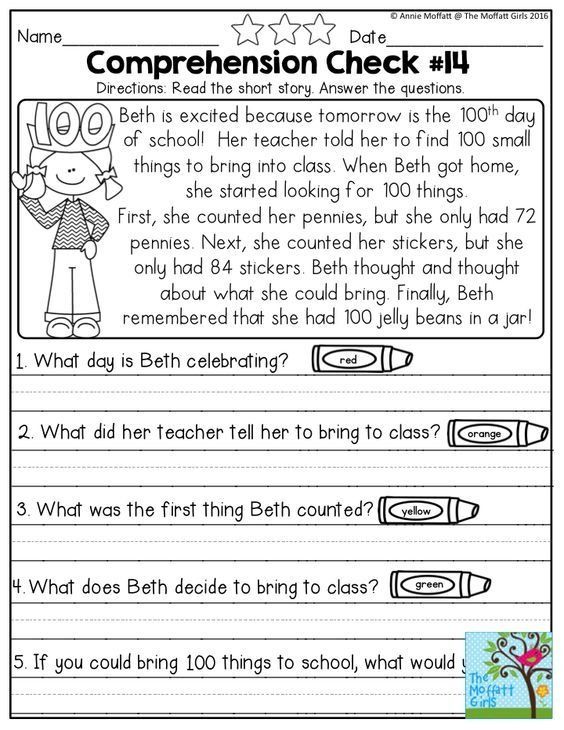
All About Reading is a scripted, open-and-go program, developed for busy parents, teachers, and tutors who want to teach reading in the most effective way possible.
When you order this set of Level 1 Materials, you’ll receive these five items:
All About Reading Level 1 – Teacher’s Manual – Color Edition
All About Reading Level 1 – Student Packet – Color Edition
All About Reading – Run, Bug, Run! – Color Edition
All About Reading – The Runt Pig – Color Edition
All About Reading – Cobweb the Cat – Color Edition
Please note: In addition to the Level 1 Materials, you will also need to choose either the Basic or Deluxe Reading Interactive Kit. The Interactive Kit contains non-consumable items that are used throughout the entire All About Reading program.
Products Needed to Teach Level 1
In order to teach Level 1 to a single student, you will need these items:
All About Reading Level 1 – Materials (Color Edition)
All About Reading Level 1 Materials includes the Teacher’s Manual, one Student Packet (which contains the Activity Book, flashcards, and stickers), and three readers.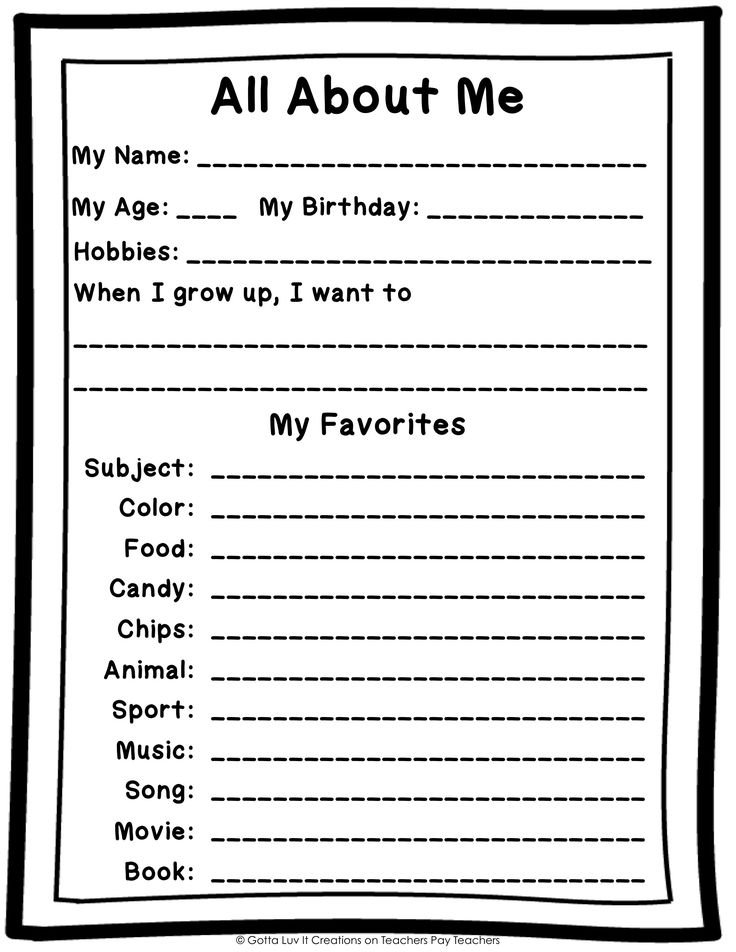
Reading Interactive Kit
The Reading Interactive Kit provides the multisensory components for the All About Reading program. This is a one-time purchase, and you will use the same kit for all four levels of All About Reading. It comes in two versions: Basic and Deluxe. Visit Reading Interactive Kits for complete information.
Letter Tiles App or Magnetic White Board
You can choose between our Letter Tiles app or physical letter tiles. Both are great options! Get complete information on the Letter Tiles app, or purchase a 2′ x 3′ magnetic white board to use with the physical letter tiles that come with your Reading Interactive Kit. (Magnetic white boards are available at stores such as Walmart and Staples.)
Optional Product for Level 1
Reading Games with Ziggy the Zebra is an optional Level 1 product.
If you used the Pre-reading program and your child loved Ziggy, you can continue to the fun with this optional book! This full-color book with perforated pages features nine file-folder games that reinforce the skills taught in All About Reading Level 1.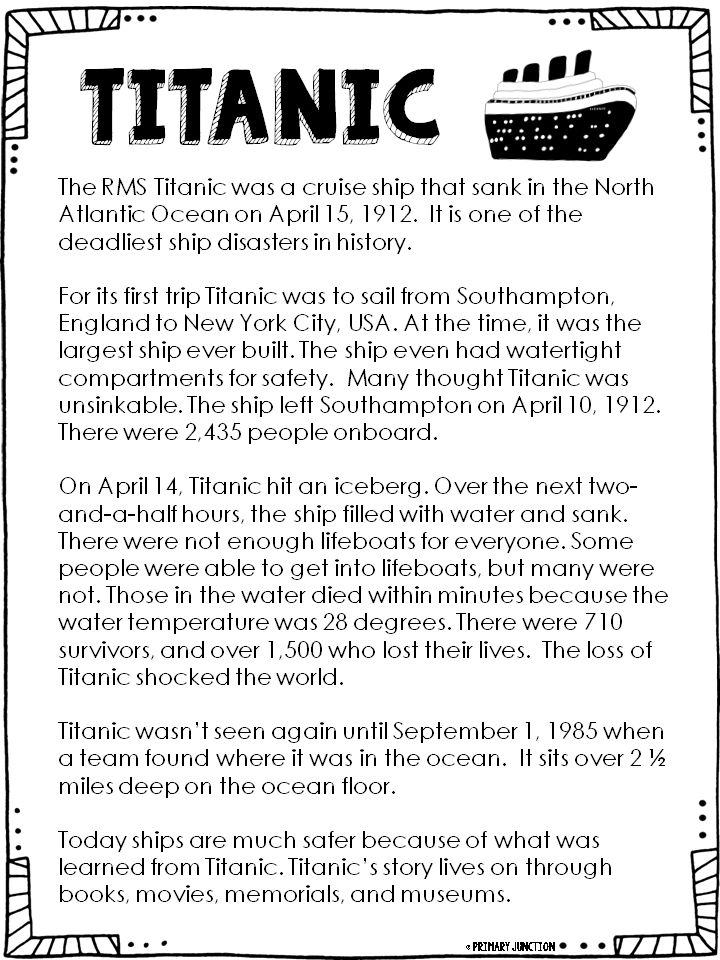
Placement for Level 1
Please note that the Level numbers on the books don’t refer to grade levels. The lessons are mastery-based, not grade-level-based. This means that students are placed where they are at ability-wise, not according to age or grade level. So just because the books say Level 1 doesn’t meant that it is appropriate for all first graders. Some kids may begin the program in kindergarten, while others may begin at an older age.
Download Placement Test to determine if your student is ready for Level 1.
What will my student learn in Level 1?
Your student will learn exciting new concepts, including letter sounds, phonograms, consonant teams, blending, syllables, sight words, consonant blends, plurals, compound words, and much more. Every component of reading is taught: decoding (phonics and structural analysis), vocabulary, fluency, and comprehension. Below is a sampling in each area.
Phonological Awareness
- Learn techniques for syllable counting
- Isolate sounds in three- and four-letter words
- Practice phonemic substitution
Decoding (Phonics)
- Learn phonograms A-Z, plus TH, SH, CH, CK, NG, NK
- Read short vowel words containing the new phonograms, such as man, set, pup, quack, class, bench, trunk, king, and gasp
- Read words ending in FF, LL, and SS, as in hill and kiss
- Read words with initial blends, as in step and flag
- Read words with final blends, as in next and lost
Decoding (Structural Analysis)
- Read plural words with suffix s or es, such as pigs and lunches
- Read compound words, such as windmill
Vocabulary
- Discuss new words in the context of the story and one’s own life
- Connect new words to familiar words
Fluency
- Read with accuracy
- Read with meaningful expression
- Read with natural phrasing
Comprehension
- Connect text to one’s own experiences
- Understand dialogue
- Give and discuss opinions
- Set a purpose for reading
TOP books in English adapted by knowledge level
Why read in the original
- The more that you read, the more that you’ll know.
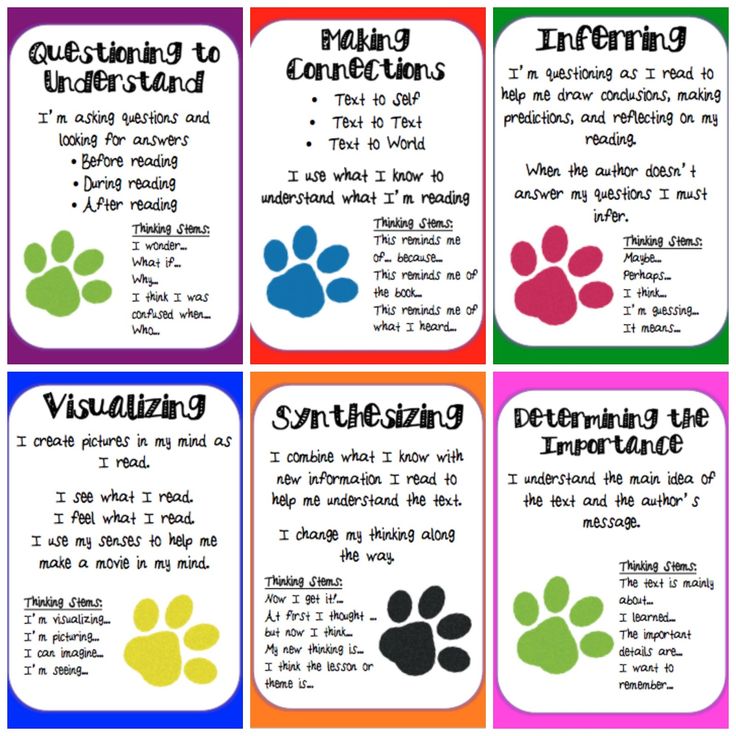
The more that you know, the more places you'll go. - Dr. Seuss
Any English-speaking child will confirm that Dr. Seuss does not give bad advice. If you love to read, but are afraid to start with a voluminous and full-bodied English novel, don't worry. Especially for educational purposes, publishing houses produce adapted books in English: for beginners, for the intermediate level, and so on. Yes, you will get a complete picture of the work of art a little later, but you can congratulate yourself on the first English book you read already starting from the Elementary level! nine0012
You can apply for training here
1. Reading in English increases vocabulary
Reading in a foreign language enriches vocabulary, even if we ourselves do not realize it. Of course, in order to learn new vocabulary more effectively, it is better to read a book, writing out unfamiliar words and memorizing their translation.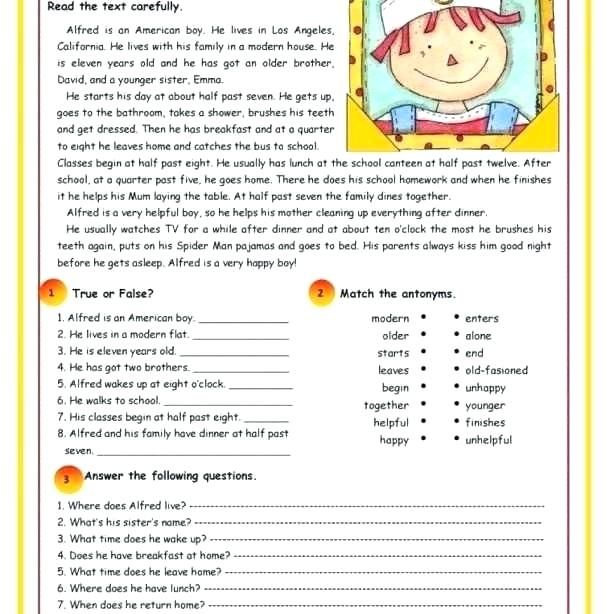 When choosing books to read, be guided by your learning goals: if you need colloquial speech, pay attention to modern “light” prose, but if you want to master special vocabulary, the most obvious advice is to read literature from the area of your professional interests. nine0012
When choosing books to read, be guided by your learning goals: if you need colloquial speech, pay attention to modern “light” prose, but if you want to master special vocabulary, the most obvious advice is to read literature from the area of your professional interests. nine0012
2. Reading improves spelling
English spelling is full of mysteries and surprises. The spelling of many words defies logic: you just have to memorize. And the best way to do this is to read more English-language literature so that the images of words are stored in memory.
3. Reading broadens one's horizons
E-books and blogs, news sites and social networking feeds: reading has reached a new level in the twenty-first century. A single information space makes it possible to learn about what is happening in the most remote corners of the world, to join the world's cultural and scientific heritage. nine0012
4.
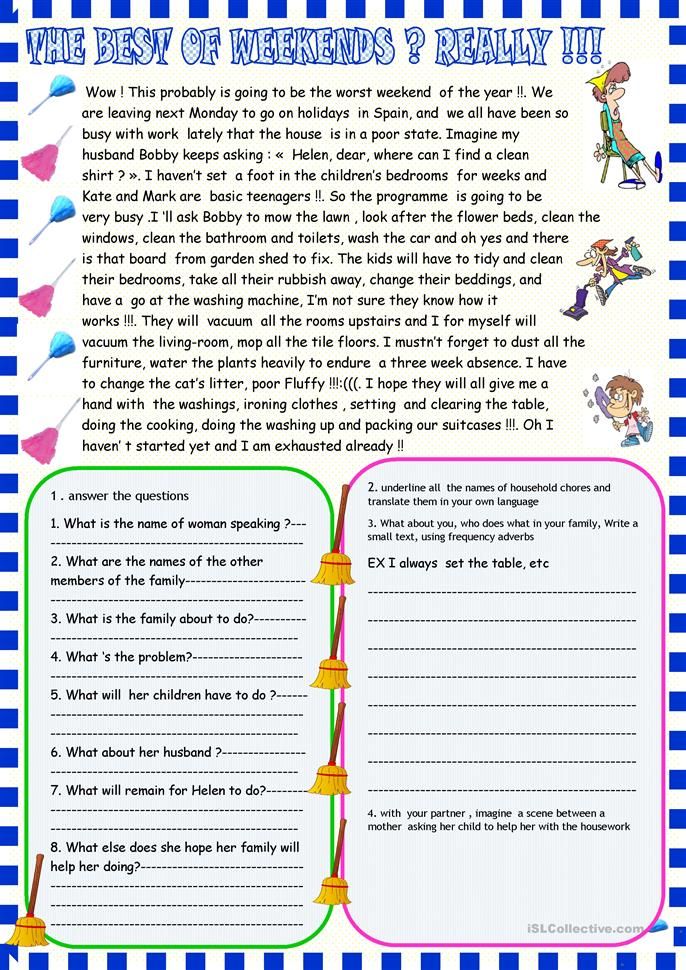 Reading in the original language boosts self-esteem
Reading in the original language boosts self-esteem Listen to how you feel when you finish the last page of your first English novel: a wonderful feeling. “She reads Orwell in the original” sounds proud! Any psychologist will tell you that motivation is important when performing any task. So do not miss the opportunity to once again praise yourself, this one is not at all superfluous! :)
Reading English books in the original is not only useful, but also pleasant
Demo lesson for free and without registration! nine0012
Take a lesson, find out about the school and get a promo code for English classes
How to choose a book to read
- Choose adapted books in English for your level (see the list of recommended books for levels A2-C1 later in the article).
- Choose works according to your ability: start with short stories, gradually moving to larger literary forms.
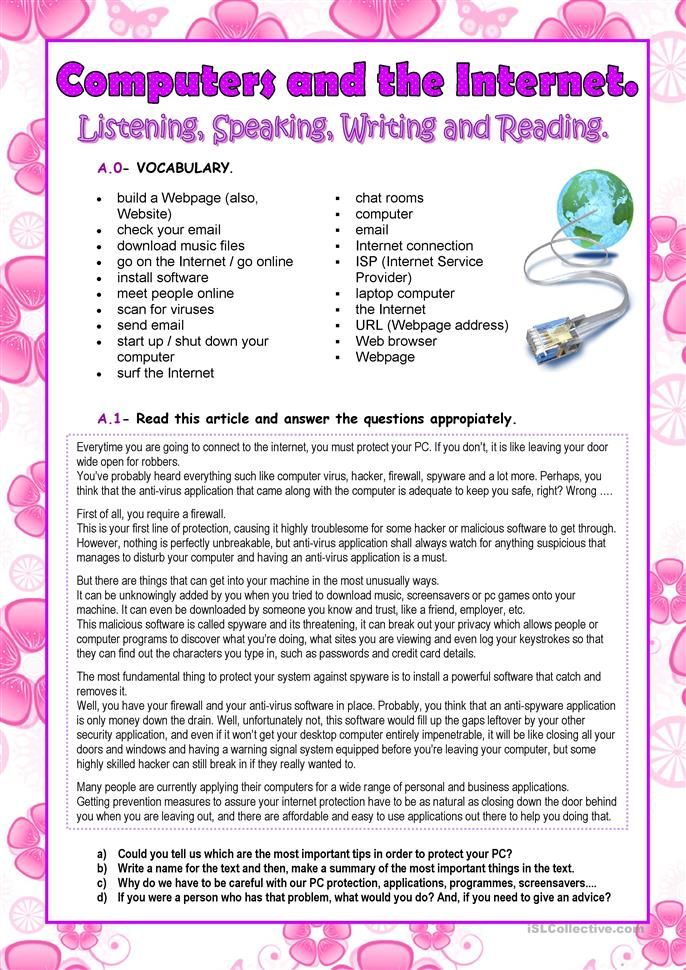
- The more exciting the learning, the more effective it is: try to find books that are interesting for you. Detectives, thrillers, mysticism - or any other topic that awakens your imagination and makes you read the book to the end will do. nine0041
Children's books in English
If you know only a few hundred words in English, pay attention to children's literature: many children's books are also interesting for adults. In addition, children's literature, as a rule, is generously provided with illustrations, which helps to understand the plot.
Fun fact: the acclaimed children's writer Dr. Seuss, discussed earlier in our article, wrote his best book, The Cat in the Hat , using just 220 words. This list of the first children's words was compiled by the publisher, obliging the author to use them in his work: everything to earn the love of the target audience! nine0012
Free English-language children's books can be found on the Internet.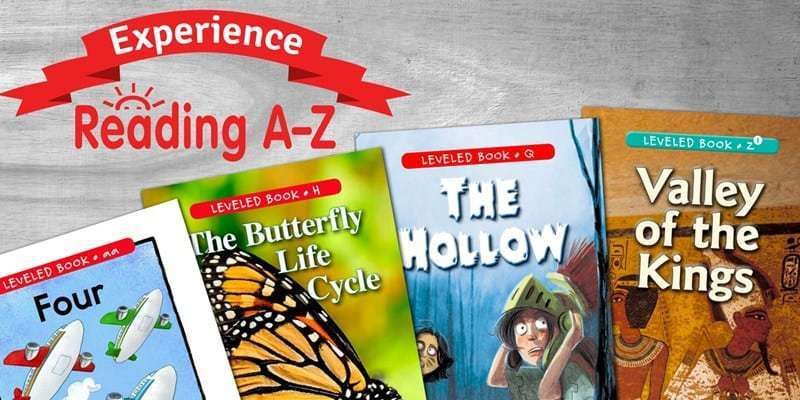 For example, on the KidsWorldFun resource.
For example, on the KidsWorldFun resource.
English comics
Like children's literature, comics are a great way to start reading in a new language. There are a great many genres of comics: there are comics for children, for adults, entertaining and educational.
- Free Online Comics Library
- Marvel Comics
- English grammar comics
Film scripts in English
One of the proven and effective methods of learning a new language, recommended by many polyglots, is to read books in the target language that are already familiar in translation. The same applies to film adaptations: it is useful to read the scripts of the films you have watched. Advantages: the context is known, the plot is clear, you can guess the meaning of new words in the course of the story.
- Movie Scripts and Screenplays
- 101 Greatest Screenplays nine0040 Awesome Film
Books in English about personal development and professional literature
Reading them kills two birds with one stone: you learn English vocabulary that is relevant to you and learn new things about a topic that is important to you.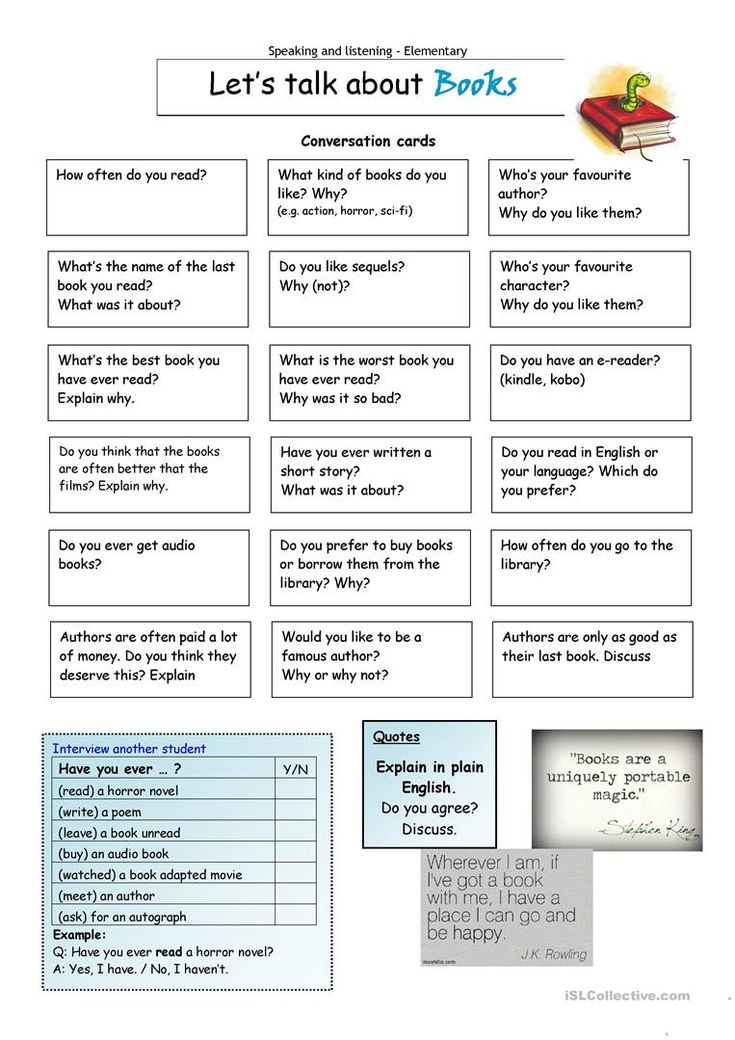 If you are keenly interested in something, why not read about it in English? Another advantage of such literature is that it is easier to read than fiction novels. The style is simpler, the vocabulary is limited to the topic under consideration.
If you are keenly interested in something, why not read about it in English? Another advantage of such literature is that it is easier to read than fiction novels. The style is simpler, the vocabulary is limited to the topic under consideration.
Reading in English improves vocabulary
3 "life hacks" for beginning readers of English literature
It is not necessary to understand every word
Сontext is king (context is king)! If you have grasped the main idea of the story, that is enough. Moreover, if you understand everything you read, most likely you have taken a book of too low a level for yourself. Try to find such books where about 70% of the vocabulary will be familiar (the rest will have to be written out and learned).
Read aloud in English
It may seem strange, but reading has proven to be excellent for improving pronunciation and listening - if it is reading aloud. By reading aloud, you tune in to the sound range of the language being studied. However, it is important to work on pronunciation and in addition to reading, otherwise the incorrectly “guessed” pronunciation of a particular word may annoy you for years afterwards.
By reading aloud, you tune in to the sound range of the language being studied. However, it is important to work on pronunciation and in addition to reading, otherwise the incorrectly “guessed” pronunciation of a particular word may annoy you for years afterwards.
When reading in English, listen to audio books
When learning English, in which the same combination of letters can be pronounced in a dozen different ways, it is very important to pay attention to the correct pronunciation of new words. We have already written about the book + audiobook format: when reading an English-language book, you listen to its audio version, voiced by native English speakers. Very handy for learning pronunciation! nine0012
English books: read and listen
Books adapted for beginner, intermediate and advanced levels of English (A2-C1)
A2 level - elementary level
The Fisherman and His SoulOscar Wilde Level: elementary A piercing romantic tale of crazy love | |
Dracula - DraculaBram Stoker Level: elementary A chilling story of eternal love and eternal damnation: this is where all the vampire sagas of our time came from. | |
Million Pound Bank Note - The Million Pound Bank NoteMark Twain nine0011 Level: elementaryGenre: adventure, humor Volume: approx. 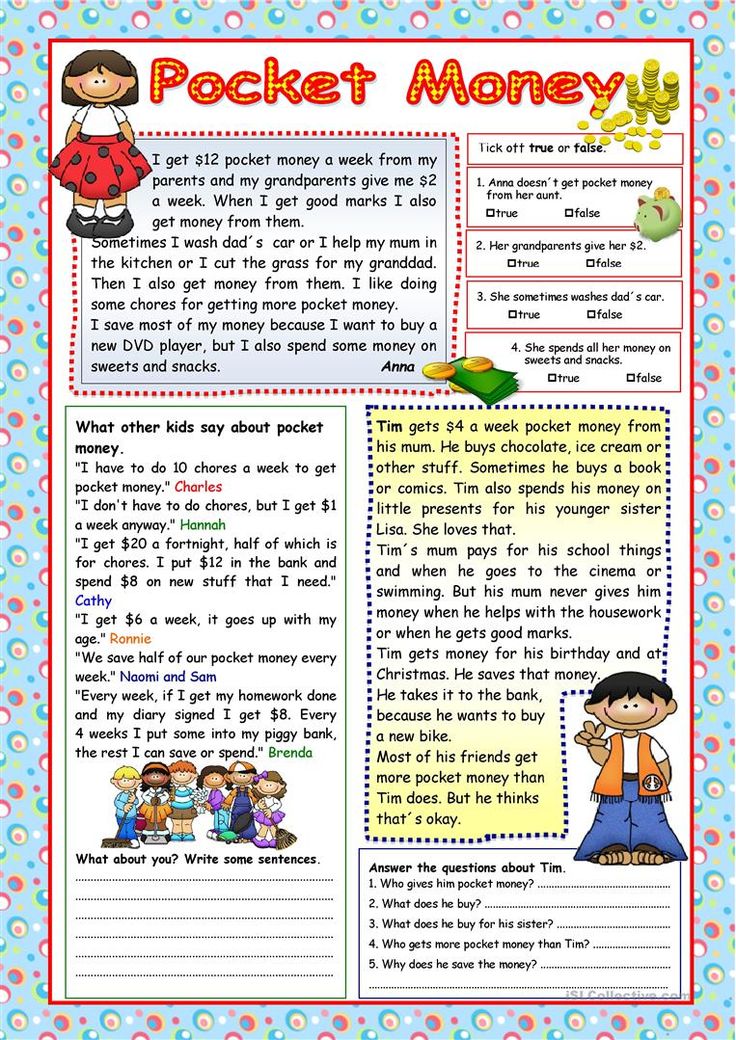 25000 characters 25000 characters English version: American A witty and instructive story about the adventures of a poor man with a million pound note in his pocket. | |
Mr. Bean in the city Bean In TownRichard Curtis Level: elementary Mr. Bean will always find adventure for his wild little head! The eccentric eccentric continues to amaze and amuse the reader. |
Books in English help develop vocabulary
Level B1 - threshold or intermediate (threshold or intermediate)
The Picture of Dorian GrayOscar Wilde Level: intermediate What is more important, the beauty of the face or the beauty of the soul? An incredible story about a beautiful mask and the terrible essence of a person. Mr. Grey, weren't you the prototype of the hero of "Fifty Shades of Grey"? .. | |
Appointment With Deathnine0011 Agatha Christie Level: Intermediate Christy, Poirot, detective. | |
| nine0112 | |
Three Men In a Boat Jerome K. Level: Intermediate Three cheerful friends decided to go on a trip. What came of it - read in the original. Book: Three in a boat |
Read English books in the original
Intermediate English (intermediate, B1-B2)
The Curious Case of Benjamin ButtonF. Scott Fitzgerald Level: Intermediate A fantastic story about a man who "lived in reverse". But you probably already watched the movie? .. |
| 1984 George Orwell Level: intermediate A landmark work of English literature, which must be included in the reader's arsenal of every modern person. To not have to blush in a decent society. |
Gladiator - GladiatorDewey Gram Level: intermediate This book will tell about the difficult fate of the Roman gladiator. Here's someone who had a really hard job! |
Four Weddings and a FuneralRichard Curtis Level: intermediate The best way to know the culture of a people is to study their customs. A funny, touching, slightly frivolous book by Richard Curtis tells about the love between a British man and an American against the backdrop of four weddings and, alas, one funeral.
Book: Four Weddings and a Funeral (1994) |
Learning English by reading books in the original is interesting and exciting
B2 - intermediate-advanced level (vantage or upper intermediate)
| Airport Arthur Hailey Level: upper-intermediate Disaster novel based on real events is fascinating even after half a century. Book: Airport |
The Talented Mr.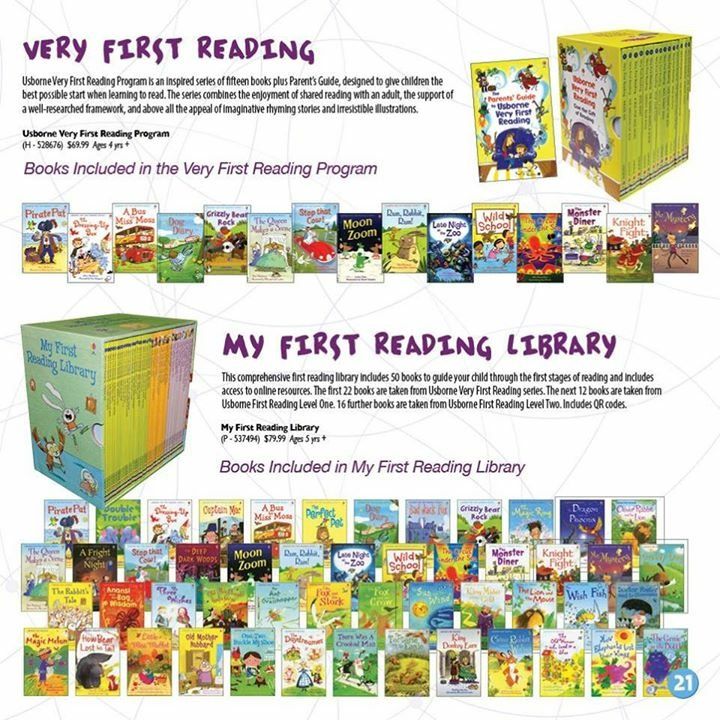 Ripley Ripley Ripley Ripley Patricia Highsmith nine0011 Level: upper-intermediateGenre: detective, drama Volume: approx. 130000 characters English version: American Tom Ripley is a 25-year-old young man who grew up without parents in an atmosphere of hatred and fear. Is it any wonder that his attitude to the world and people is not distinguished by special tenderness? .. |
Tomes are a girl's best friend!
С1 - advanced level of English (advanced)
Jane Eyre Jane EyreCharlotte Bronte Level: advanced A classic English novel about the life of a poor orphan with remarkable strength of character, and about love that can overcome any adversity. A book dearly loved not only in England, but all over the world. |
Pride and PrejudiceJane Austen Level: advanced Elizabeth is one of five daughters of the noble but impoverished Bennett family. She is smart, beautiful, but will she be happy? When two single gentlemen move in next door, something new enters the lives of the Bennett girls: sighs, excitement, furtive glances, secret rendezvous.
Book: Pride and Prejudice |
Brave New WorldAldous Huxley Level: advanced Here is a dystopian novel: find out what it is by reading the book. nine0012 |
Check if you know the top 100 English words
Useful:
10 "star" series that make learning English easy and fun
6 levels of English proficiency: steps to perfect English reading
2 language
How to read 100 books a year
Is your list of books to read growing? Do you buy books that you don't even touch later? It's time to fix it.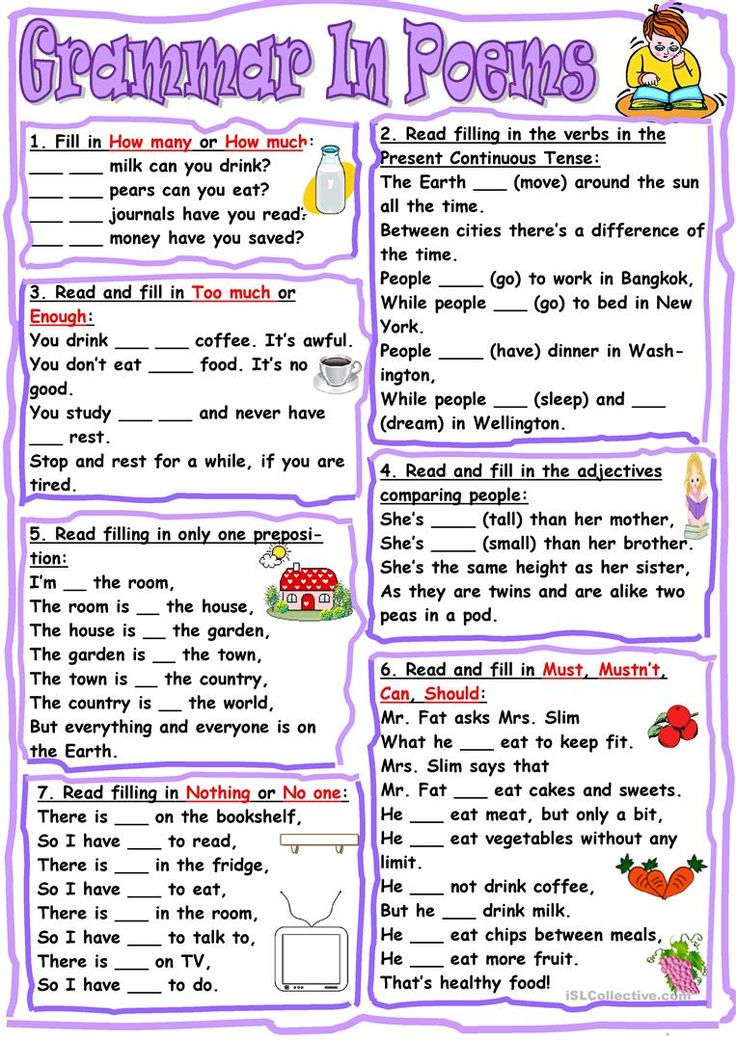
belchonock/depositphotos.com
Buy a lot of books
Read constantly
Read faster
nine0031 Do not dissipate attentionProperly approach choice
Read several books at the same time
Remember read
Warren Buffett, one of the most successful businessmen in world, describes his day like this: "I just sit in the office and read all day.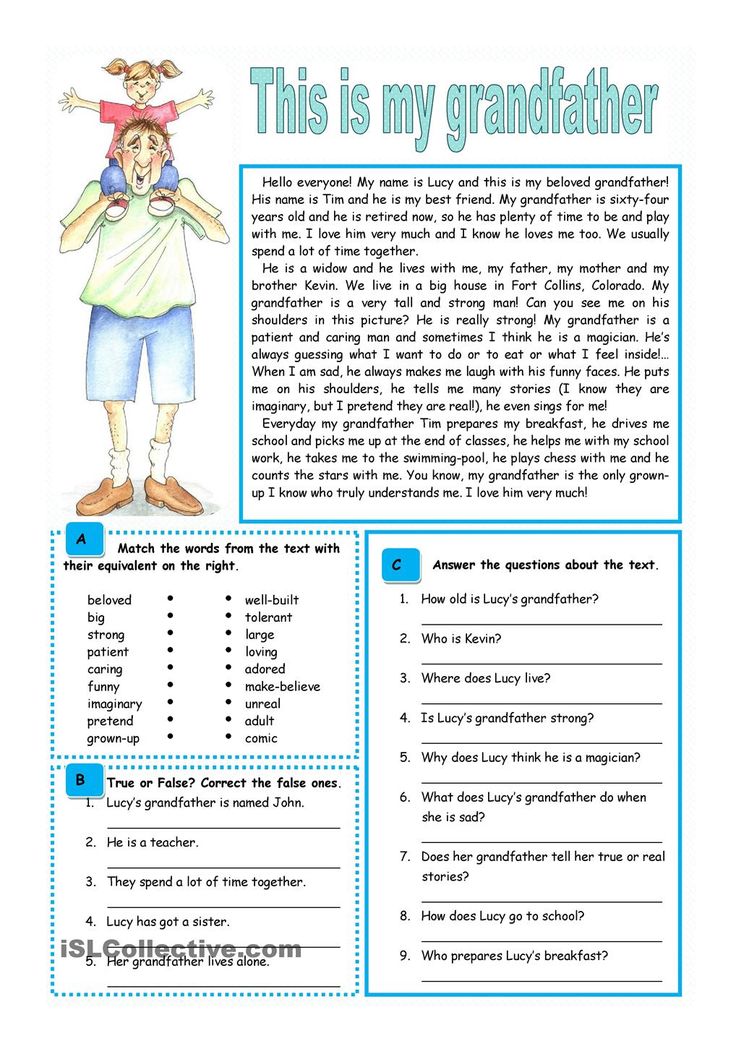 " He advises everyone read as much as possible, and that is indeed a worthy goal. How to make reading permanent habit? nine0012
" He advises everyone read as much as possible, and that is indeed a worthy goal. How to make reading permanent habit? nine0012
If you have read this article, you are probably also concerned about the fact that you read fewer books than you would like. Every year we read less and less. After school, university, work, family, new worries, obligations appear - and reading goes to second plan.
But in order to really achieve something in this world, you need to constantly gain new knowledge. And books are one of the best sources of information and other people's experiences. So let's set ourselves a goal of reading at least 100 books a year. nine0006
“
Fools learn from my own experience, I prefer to learn from the experience of others.
- Otto von Bismarck, the first Chancellor of the German Empire
Books cost both time and money.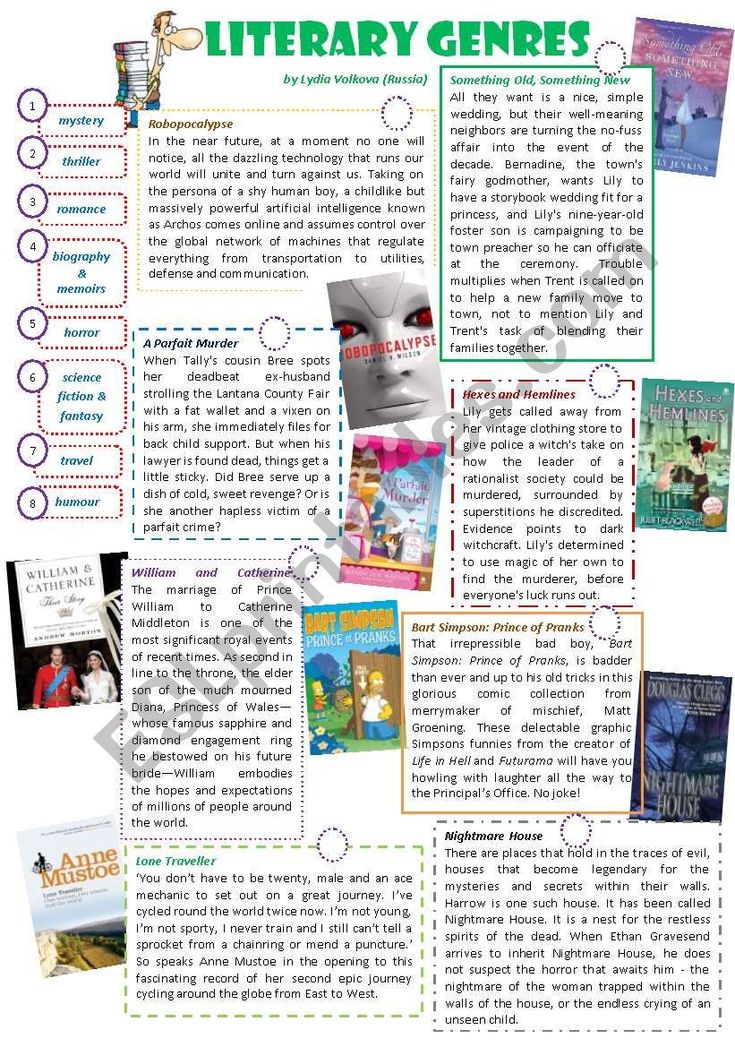 But if everyone can find the time, then the situation with money is more complicated. And here you have two options: earn or save.
But if everyone can find the time, then the situation with money is more complicated. And here you have two options: earn or save.
andriano_cz/depositphotos.com
But make sure the books are worth your investment. Perhaps, you personally do not need books and the Internet with television perfectly replace them. In such If so, just don't worry about reading less books. There is nothing terrible in this. Most people simply don't need it. They can safely give 200 dollars for a pair of shoes, but will regret spending the same amount on 20 new books. It's up to you what to choose. nine0006
But if you want to know more, you have to buy. The point of this advice is that the more books you have at home, the more choices you have, and this will help you read more.
Here's why.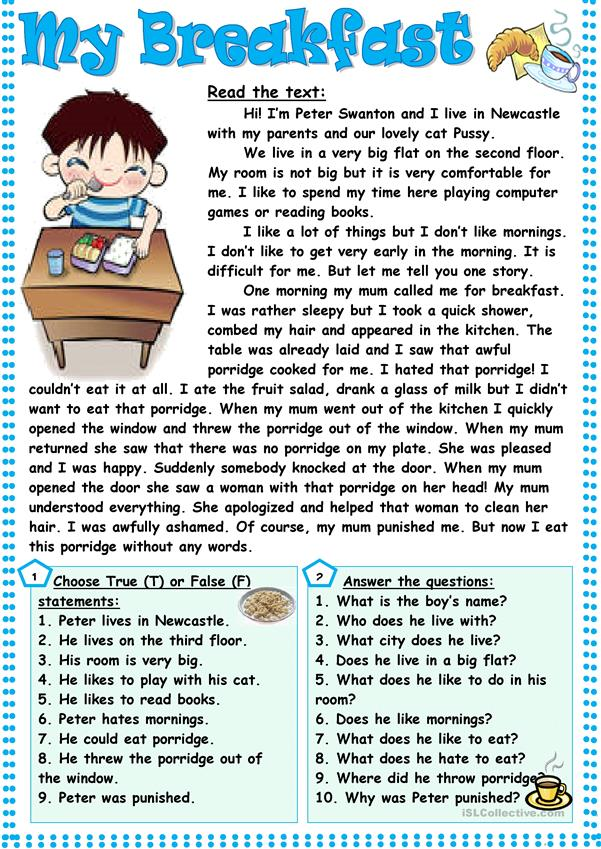 Reading most of the books you don't plan ahead. You don't sit down in January and say, "In the first week of June, I'll be reading this book". Usually you finish a book and look through your bookshelf to decide what to buy. what to take next. nine0741 If there is no suitable option at hand, you stop reading, until something worthwhile catches your eye. Therefore, it is important that you always have a small supply books.
Reading most of the books you don't plan ahead. You don't sit down in January and say, "In the first week of June, I'll be reading this book". Usually you finish a book and look through your bookshelf to decide what to buy. what to take next. nine0741 If there is no suitable option at hand, you stop reading, until something worthwhile catches your eye. Therefore, it is important that you always have a small supply books.
mihtiander/depositphotos.com
Daniella Winkler/unsplash.com
“
Have a stock of books — means to always have a reason to read.
Read at least 1 hour a day on weekdays and more during weekends and holidays. Find time for reading in your schedule. Don't make excuses for being too tired or too busy. nine0006
nine0006
Maria Victoria Portellesr/unsplash.com
Reading all the time means reading when you are:
- on the train;
- feed the baby;
- eat;
- are in line at the hospital;
- are bored at work.
And most importantly: read while others watch the news on TV or check for the 113th time of the day Facebook*. nine0012
kasto/depositphotos.com
Padurariu Alexandru/unsplash.com
Milada Vigerova/unsplash.com
If you can do this, you will easily read 100 books per year.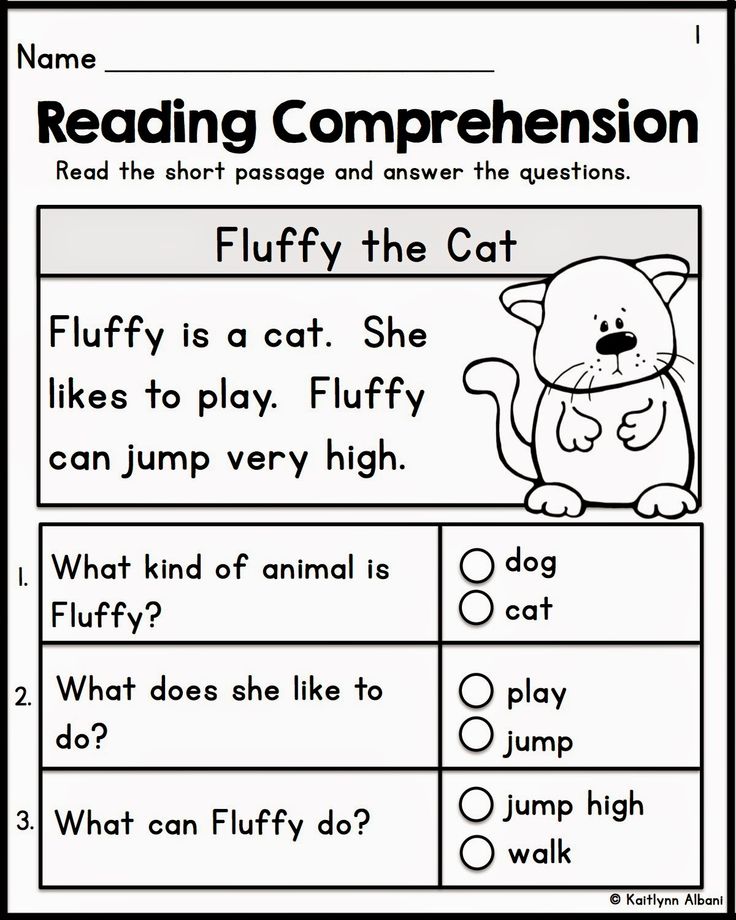 Most people read about 50 pages per hour. If you read 10 hours per week, you will read 26,000 pages in a year. Let's assume that on average there are 250 pages. Simple arithmetic: so you can read 104 books in a year. Moreover, you can even take a two-week break, and then you get exactly 100.
Most people read about 50 pages per hour. If you read 10 hours per week, you will read 26,000 pages in a year. Let's assume that on average there are 250 pages. Simple arithmetic: so you can read 104 books in a year. Moreover, you can even take a two-week break, and then you get exactly 100.
This is a good result, worth the time spent. What can not be said about reading the news on social networks.
“
to read? I don't spend much time watching TV (the only exception is football season when I watch one game a week). I watch very few films. I don't spend Lots of commuting time to work. I don't spend a lot of time shopping. nine0012
- Shane Parrish, blogger Farnam Street
Looking at the statistics, the average person spends 35 hours a week watching TV, an average of one hour a day commuting to and from work and at least 1 hour per week for shopping. In total, this gives 43 hours a week, and at least some of that time could be spent reading.
In total, this gives 43 hours a week, and at least some of that time could be spent reading.
The obvious way to read more is to learn to read faster. And for most of us, quick wins are much more appealing than routine, slow reading. nine0006
Wavebreakmedia/depositphotos.com
So how fast can you read?
Staples, one of of the largest companies in the United States, engaged in the sale of office equipment, collected data on reading speeds of different people as part of an e-book advertising campaign. There are also Russian-language services for measuring reading speed. For example, you can check yourself here. nine0012
According to research Staples, the average adult reads about 300 words per minute. But this is, of course, conditional.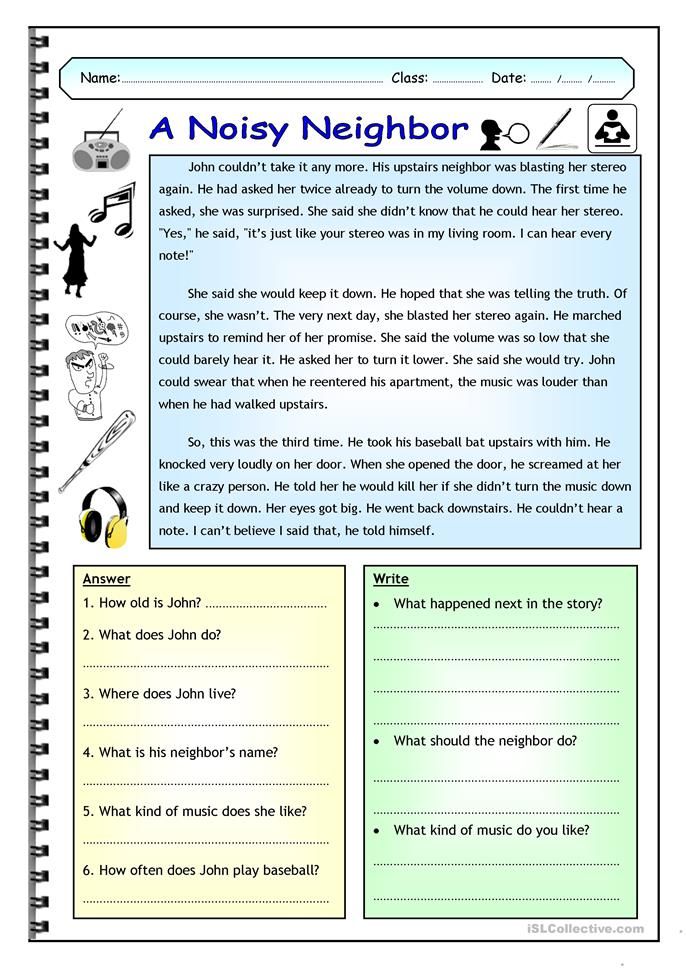 data. The rate depends on age and some other demographics.
data. The rate depends on age and some other demographics.
- A 3rd grade student reads about 150 words per minute.
- 8th grade student - 250 words per minute.
- Average college student - 450 words per minute. nine0041
- Average high-level executive - 575 words per minute.
- Average college teacher - 675 words per minute.
- Speed Reader - 1,500 words per minute.
- World Champion Speed Reader - 4,700 words per minute.
But fast reading is not always the best way to read more. Reading comprehension is much more important. Often high reading speed or reading obliquely leads to the fact that we retain worse in memory information and forget the details.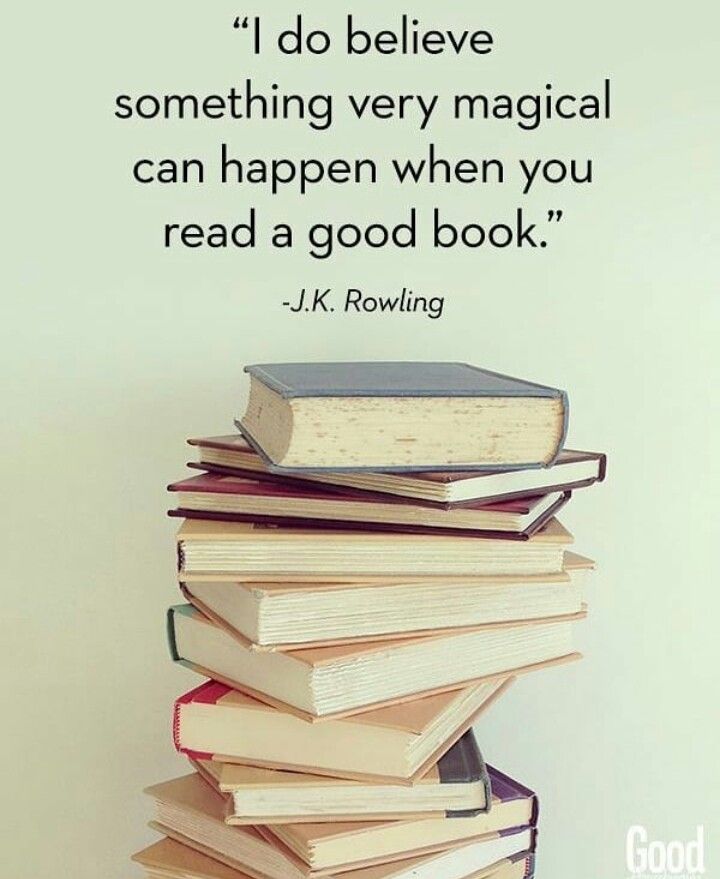 However, if you can improve your speed a little reading while maintaining reading comprehension is fine. This will definitely be beneficial. But reading faster isn't the only way to read more. nine0006
However, if you can improve your speed a little reading while maintaining reading comprehension is fine. This will definitely be beneficial. But reading faster isn't the only way to read more. nine0006
You can read quickly, or you can read a lot. The combination of these two skills is a great way to teach yourself to read and not get bored, but at the same time, each of these skills is valuable in itself.
Tulane Public Relations/flickr.com
In fact, for many people it is important not only to read book from beginning to end, for them the story itself is more important. Reading speed doesn't have that much values if you are reading for pleasure. nine0012
From this point of view, the desire to read more means having more time to read and getting more information in general: from books, magazines, blog articles, and so on.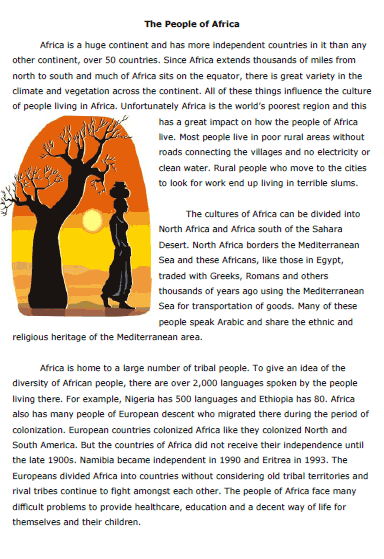
And let's start with the main question. As how many books do you read in a year? According to research, the average adult reads 17 books a year.
The key word here is average. Because the gap between those who reads, and those who do not read, too big. There are those who read much more than 17 books in a year, there are those who read much less - not a single one. According to a 2013 survey, 44% of Russians generally do not take a single book in hand for the whole year. nine0012
So let's look at 3 easy way to take in more information.
Method
by Tim Ferris
Method #1
From Tim Ferris, author of How to Work 4 Hours a Day a week and at the same time not to hang around in the office “from call to call”, live anywhere and get rich” and others bestsellers, has its own technique that helps to increase the speed of reading by 3 times. This technique consists of two techniques. nine0006
This technique consists of two techniques. nine0006
Use a pencil to follow and set the pace (this is how some people run their finger along the lines during reading). Many often return to what they read, jumping with their eyes along the lines. Such indentation slows down reading. But if you point your way with a pencil, then stop getting lost in the text, which means you can read faster.
Start every new line not from the first, but at least from the third word and finish reading the line in three words to end. Try to figure out the rest on your own or capture it with a peripheral vision. At first, do not worry about whether you understand what you read or not, because that the main goal is to adjust your eyes to the new reading speed. Ferris claims, that one should strive to read a line in half a second. Repeat this process until you get used to this speed, at which point reading comprehension will also start improve. nine0006
Ferris claims, that one should strive to read a line in half a second. Repeat this process until you get used to this speed, at which point reading comprehension will also start improve. nine0006
The first technique can be used to master second. With practice, you will train your peripheral vision and begin to quickly perceive words that your vision is not directly aimed at.
“
Untrained readers spend half their time in the margins, moving from the first word to the last. It means, that they spend 20–25% of their reading time on parts of the page that do not contain no information. nine0012
— Tim Ferris, writer
Use technology
Method #2
Is there room for innovation in reading? The emergence of new method confirms that it is. The Spritz speed reading system helps you read faster and platforms like Makeright to digest the contents of a book faster.
The Spritz speed reading system helps you read faster and platforms like Makeright to digest the contents of a book faster.
Spritz nine0012
Shows one by one word from an article or book at a time inside a special field. Each word in red one letter is highlighted to facilitate concentration. You set the speed at which it is convenient for you to perceive the text, gradually increasing this indicator. You can install readers that use Spritz technology on your smartphone (there are options for both iOS and Android), download your books and read them faster. nine0006
Makeright
Service that publishes summaries of popular books on business, psychology, science and health. You literally in 15 minutes you will learn the main provisions from the work of interest to you, the most saving your time.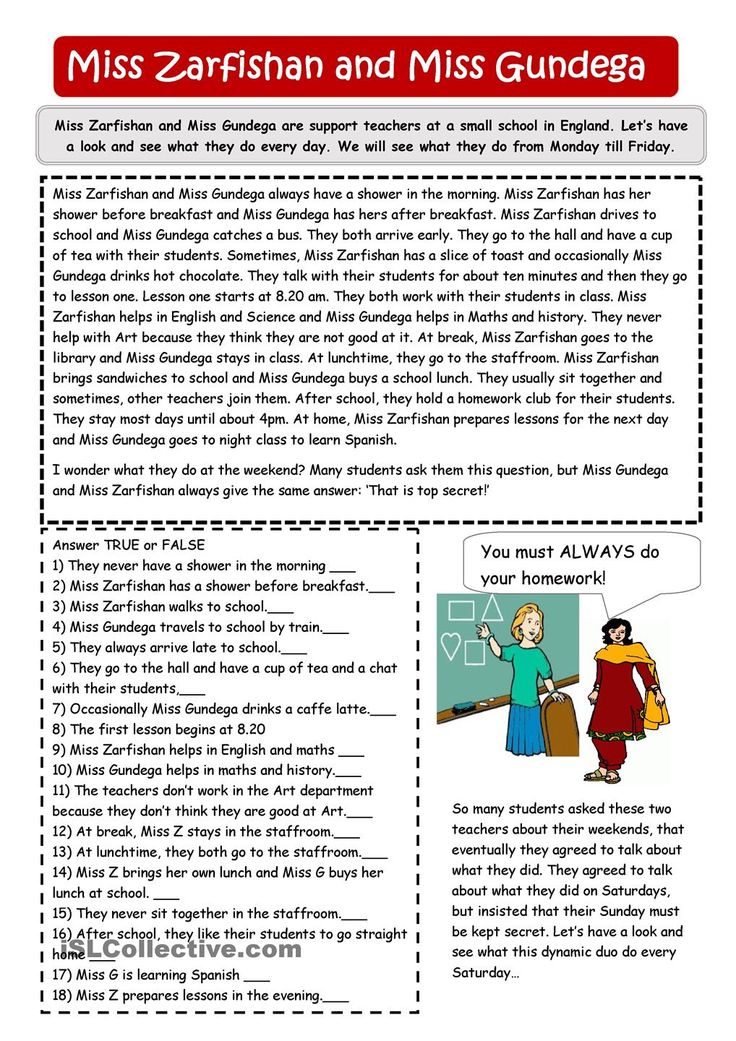 If you are interested in the book, then buy the full version and enjoy.
If you are interested in the book, then buy the full version and enjoy.
Buy eBook
Method no. 3
People who prefer e-books read in an average of 24 books per year, while adherents of traditional paper publications - only 15.
This is quite understandable. E-books are easy to use, portable and convenient. FROM they make it easier to spend a little time reading when there is a free minute. Of course, maybe you won't read 9 right awaymore books a year, but at least interesting spend time in line or on public transport.
This seemingly counterintuitive advice comes from the author of the seemingly controversial book The Art of Talking About Books You Haven't Read, Pierre Bayard.
belchonock/depositphotos.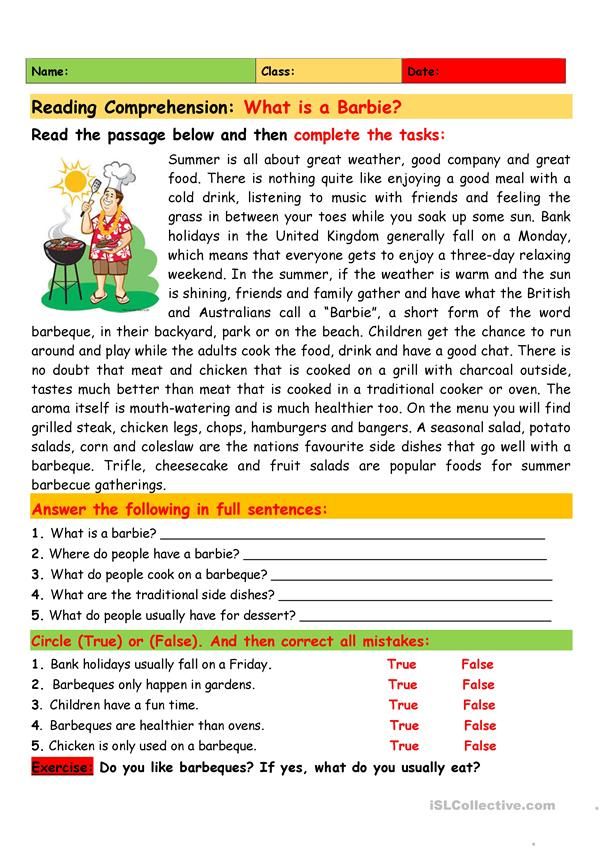 com
com
Bayard is convinced that books should not be approached with simplified position "read" and "not read" - there are several more options:
books we read;
books we flipped through;
books we have heard about;
books whose content we forgot;
books that we never opened.
Have you ever come across a book that the rest, just amazing, but which did not hook you in any way? And it's not because this book really sucks. nine0012
Just not all books fit to each. The book may be a top seller, but you may be disappointed written. Or maybe this book fell into your hands at the wrong time.
In any case, if you can't turn the page, put the book aside and take hold of one that truly brings you joy and pleasure.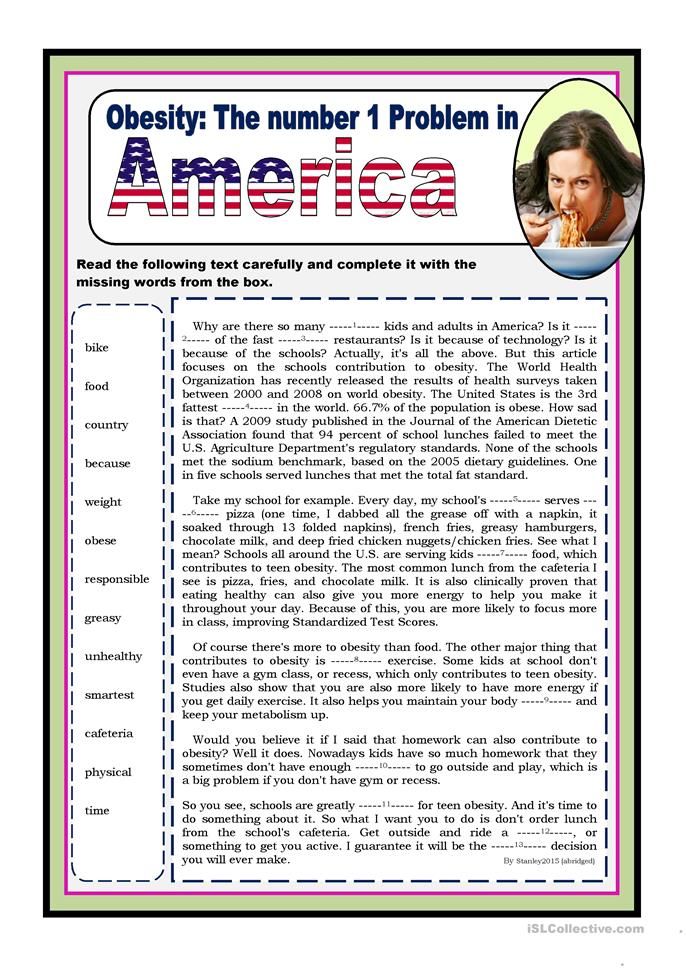 nine0012
nine0012
Perhaps in order to read more books, you should look at the process of reading from the other side? For example, for to keep abreast of fashionable literary novelties, you do not have to read bestsellers from the cover to the crust - just run them obliquely. Conversely, for books that really matter to you, approach more thoughtfully and seriously. nine0012
Read literature that is relevant to what is happening in your life. people already 2 Books have been written for 000 years, and among them there were many who found themselves in the same situation as and you: struggling teenagers, aspiring artists, broke entrepreneurs, new parents, and so on.
Read books that related to your profession or hobby. Read about the people who make you feel Delight. But don't pick up a book just because it's a bestseller or classics. nine0006
Read about the people who make you feel Delight. But don't pick up a book just because it's a bestseller or classics. nine0006
Josh Felise/unsplash.com
Visual Supply.co/unsplash.com
Annie Spratt/unsplash.com
“
time to read about things that don't interest you at all.
There are no strict rules for reading, so you can do whatever you want.
peshkov/depositphotos.com
Sometimes I read 5 books at a time. Yes, I I can read 50 pages of one book in the morning, and in the evening take up another. Although this is also a matter of taste. Someone else will probably prefer to read the book from beginning to end, before than take on another.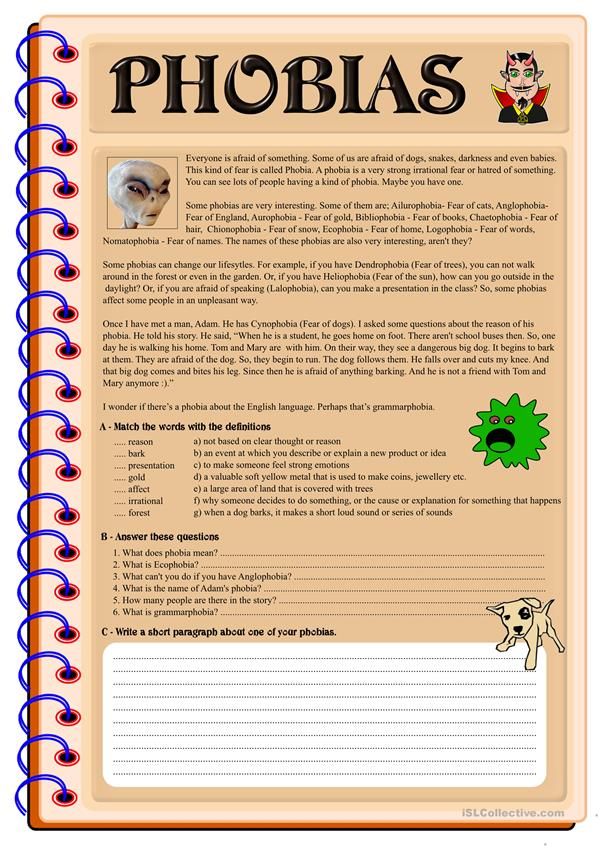 nine0012
nine0012
If you are reading something difficult, save it for the evening something easier. For example, before going to bed it is nice to read biographies. Yes, and artistic Literature is best in the evening.
But I can't read a book about investments lying in bed with a pen and notepad. If I do so, then I simply won’t be able to fall asleep until 3 in the morning, because the brain begins to work actively, assimilating new knowledge. nine0006
Knowledge is good because it can be used. But to keep knowledge in memory, you need a system. We offer you 3 memorization methods to choose from. They can be used individually or as part of a system.
belchonock/depositphotos.com
METHOD #1
Train your brain with impressions, associations and repetition
To better remember the books you read, you need to understand how our brain stores information.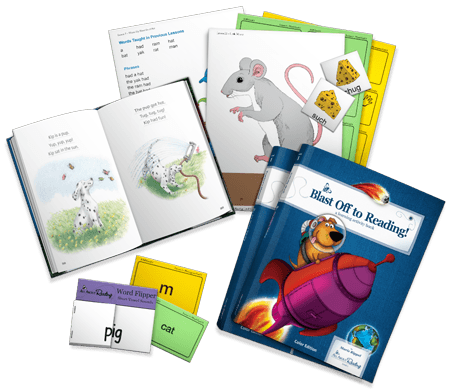 In this he is helped by impressions, associations and repetition. Let's take a look at an example. Let's say you're reading How win friends and influence people by Dale Carnegie, did you enjoy the book and you want to remember as much as possible.
In this he is helped by impressions, associations and repetition. Let's take a look at an example. Let's say you're reading How win friends and influence people by Dale Carnegie, did you enjoy the book and you want to remember as much as possible.
Impressions
Link the impressions to the text. Stop and try to imagine a picture in your head with yourself in the lead role. For example, when Carnegie describes his dislike of criticism, imagine that you get the Nobel Peace Prize and then throw away your prize. Another the way to turn on impressions is to read the passage aloud. Some of us are better perceive information aurally rather than visually. nine0012
Associations
Link the text to something you already know.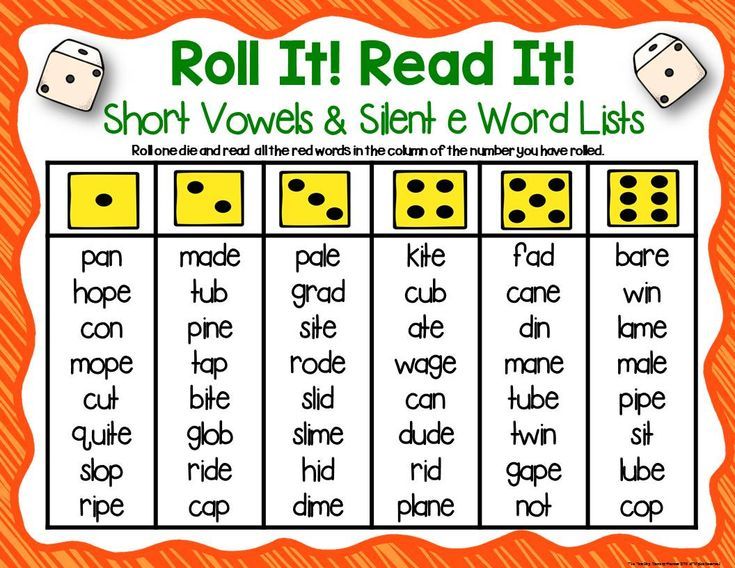 This method best used in conjunction with the technique of repetition. In the case of the Carnegie book, if you want to remember some principle, remember a specific example from your life when you could use it. Prior knowledge is the basis for building strong associations. nine0006
This method best used in conjunction with the technique of repetition. In the case of the Carnegie book, if you want to remember some principle, remember a specific example from your life when you could use it. Prior knowledge is the basis for building strong associations. nine0006
Repetition
The more you repeat, the more you remember. You you can immediately reread the passage you like or leave a bookmark to come back to it later.
By combining these elements, you will be able to memorize better and better. The more you practice, the more you will memorize. nine0006
WAY #2
Focus
on four reading levels
In his book How to Read Books, Mortimer Adler identifies 4 levels of reading (each new level of perception of the book is based on previous):
Elementary
The one we were taught at school.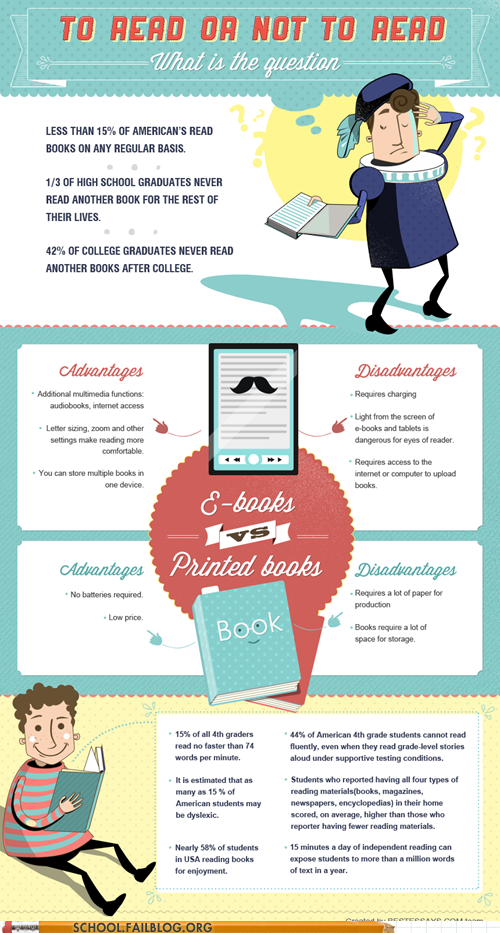
Inspection
Inspection reading can take two forms: fast, insufficiently careful reading or scrolling through the preface, table of contents, indexes and title pages. nine0012
Analytical
Involves a thorough, comprehensive study of the book.
Thematic
Read other books on the subject and compare your experiences.
Better understand the context and content of the book simple rules will help.
Classify the book according to topics. nine0012
State the main book's contents. Be brief.
Make a list of the main parts in sequence and establish connections between them.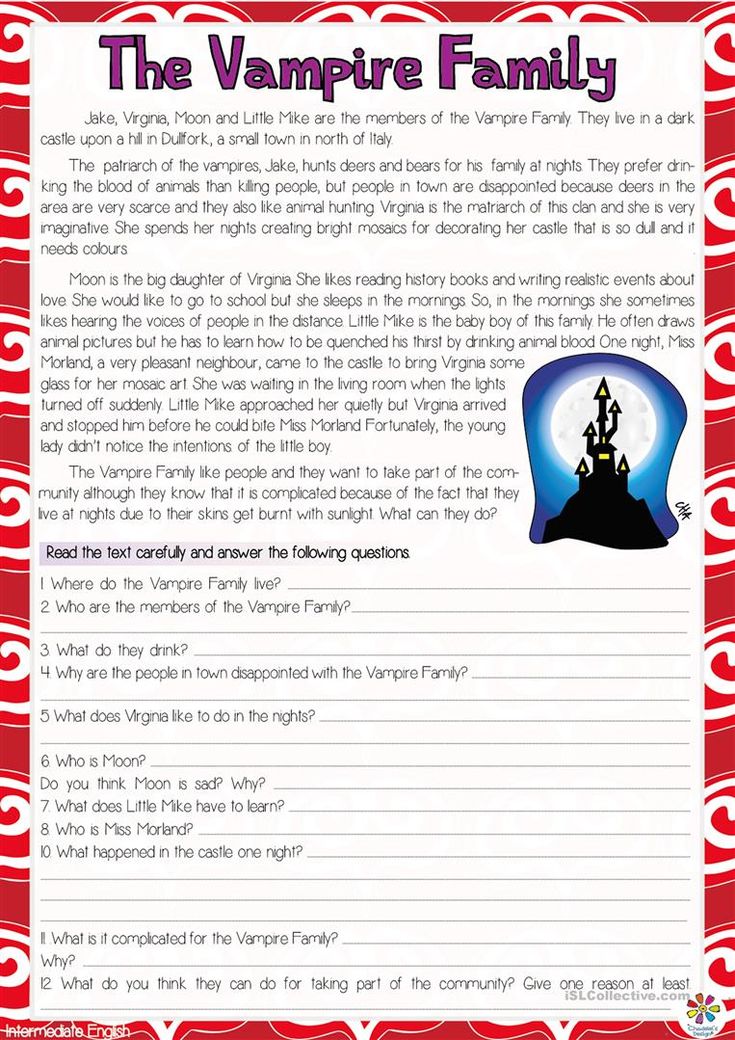 Describe very briefly the content of each.
Describe very briefly the content of each.
Identify the problem or problems the author is trying to solve.
By sorting the book apart, you fix in memory of the impressions received from it. Analysis of publications similar in subject matter will help not only to better understand the material, but also to remember it for a long time. nine0006
METHOD #3
Take notes
Take notes - This is one of the most popular and effective ways to remember the books you read.
When you read a book, do pencil notes in the margins, and highlight important passages with a marker. If you read e-books, add bookmarks and save text. But don't underline everything that seems even slightly interesting to you.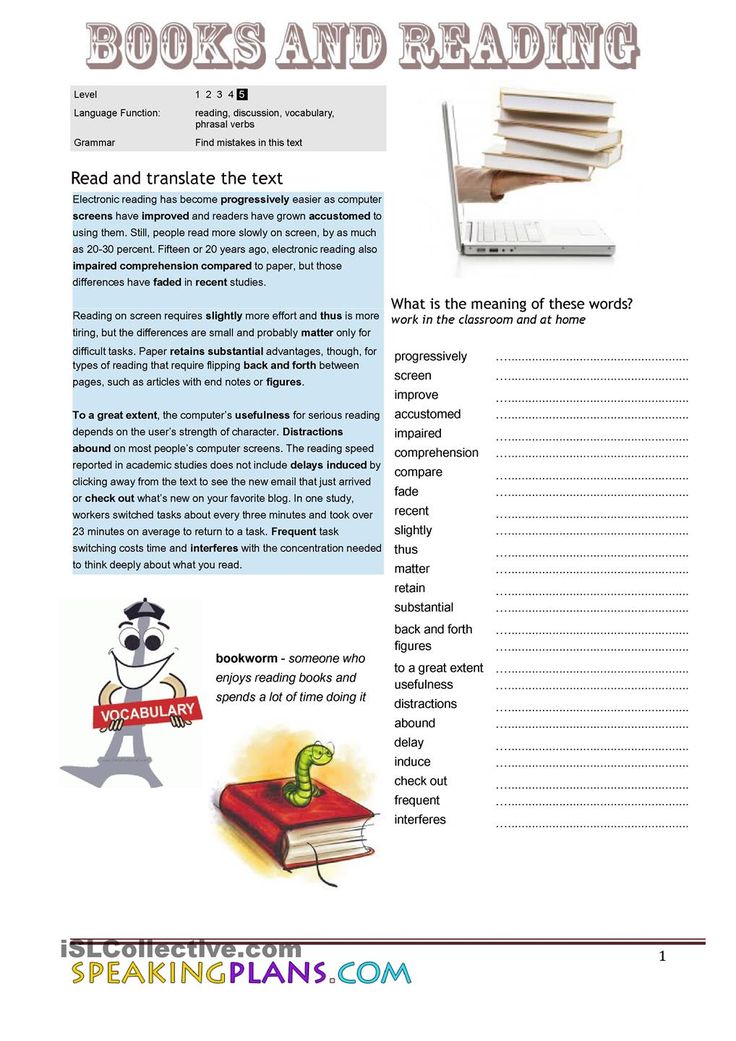 Select only what which impresses you. nine0012
Select only what which impresses you. nine0012
If you read what If you definitely want to remember, turn down the corner of the page. For e-readers books: take a picture of the screen and save it as a note.
When you finish the book, go back to the folded pages and run your eyes over the notes.
Write in your own words (using the application or a regular notepad), what was the book read about and what advice given by the author. nine0012
Write down the most important quotes.
“
When I I finish a book, I put it aside for a week or two, and then I come back to it. I look at my notes and the places I marked as important.

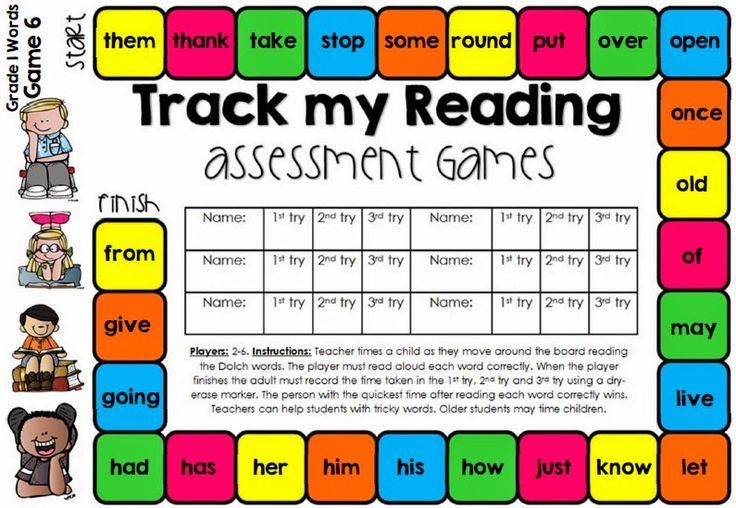 50
50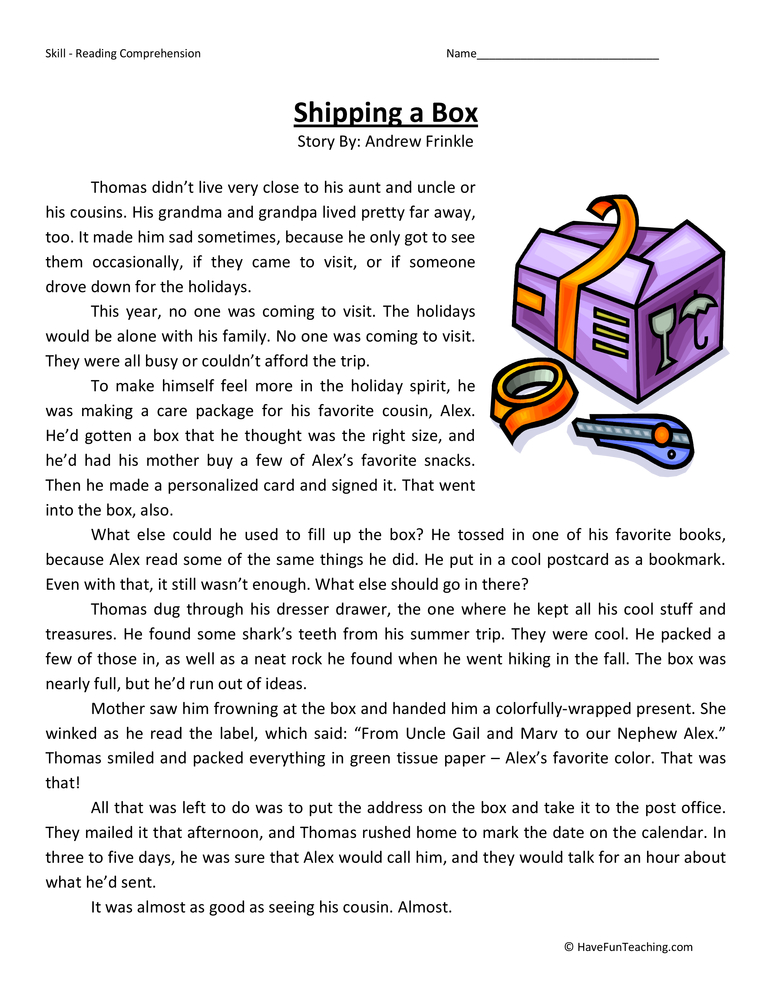 30000 characters
30000 characters 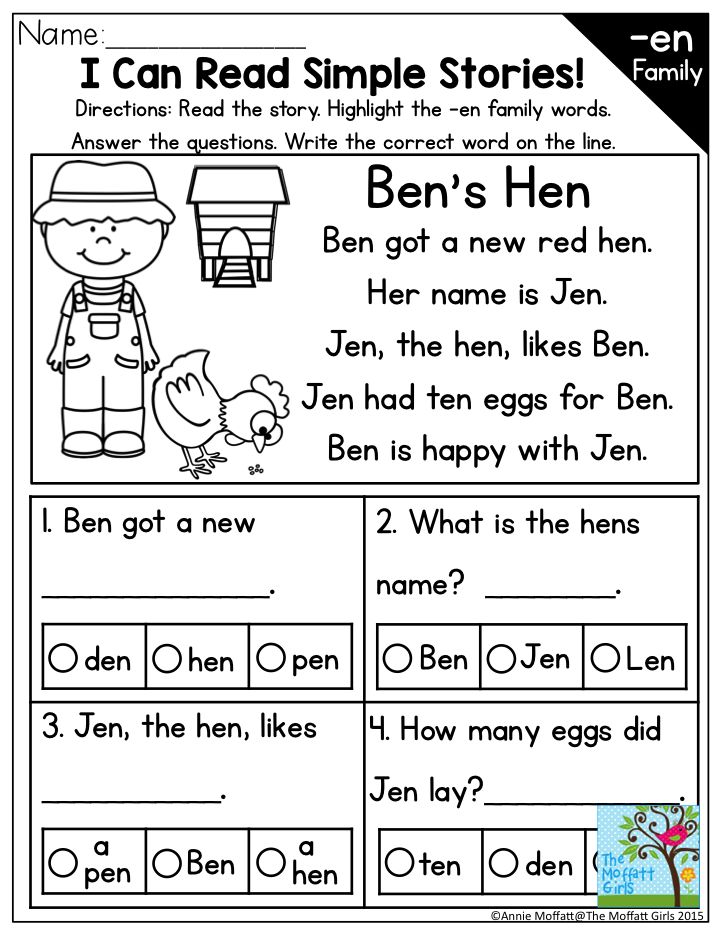 80000 characters
80000 characters  A must read!
A must read! 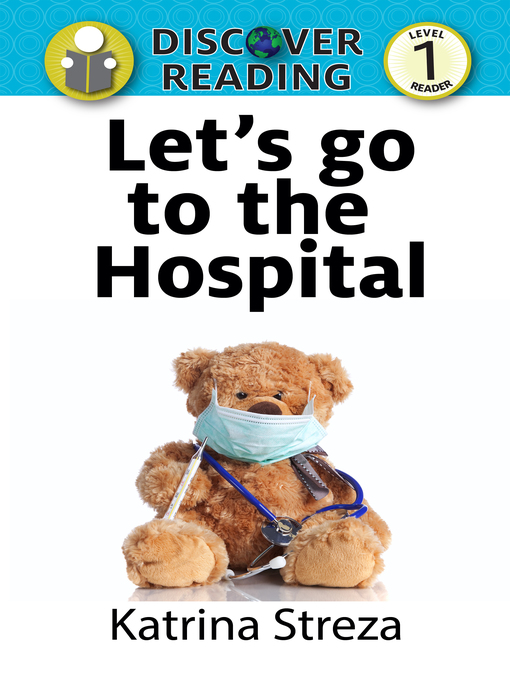 Jerome
Jerome  45000 characters
45000 characters 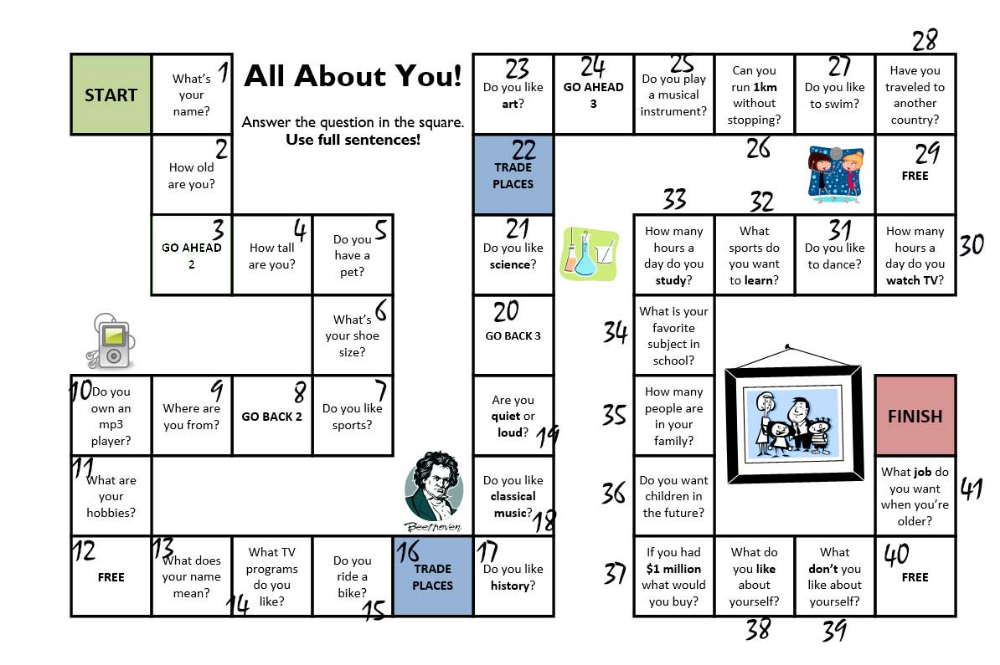 100000 characters
100000 characters 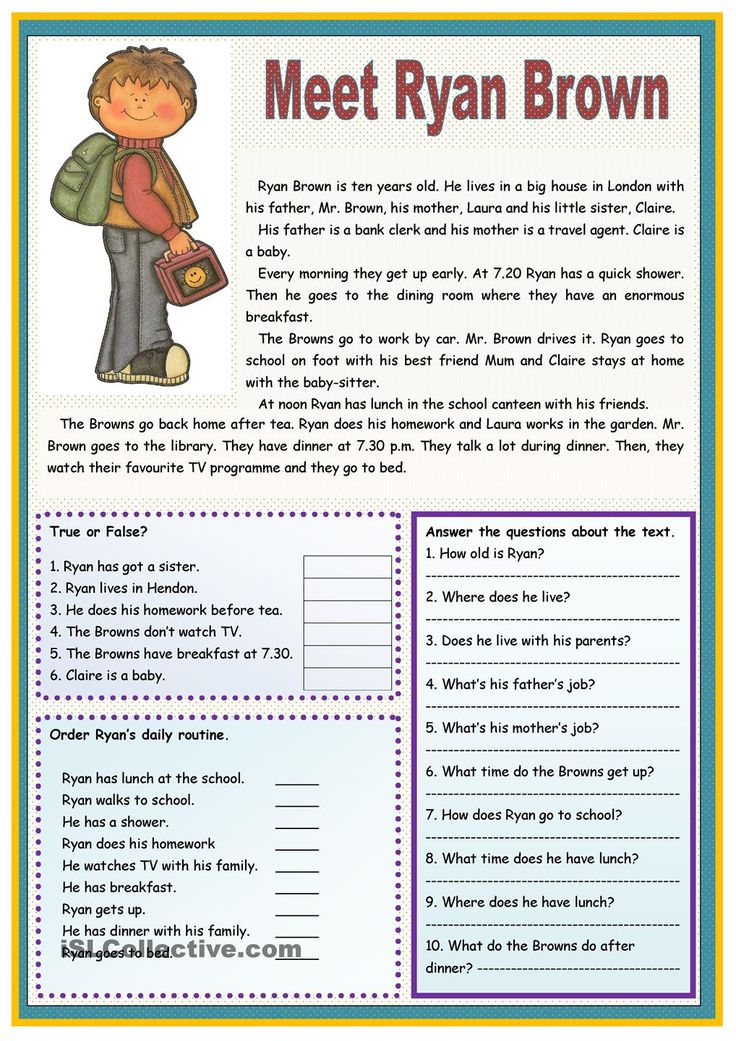 Is there any hope for a happy ending? Read about it yourself. nine0012
Is there any hope for a happy ending? Read about it yourself. nine0012 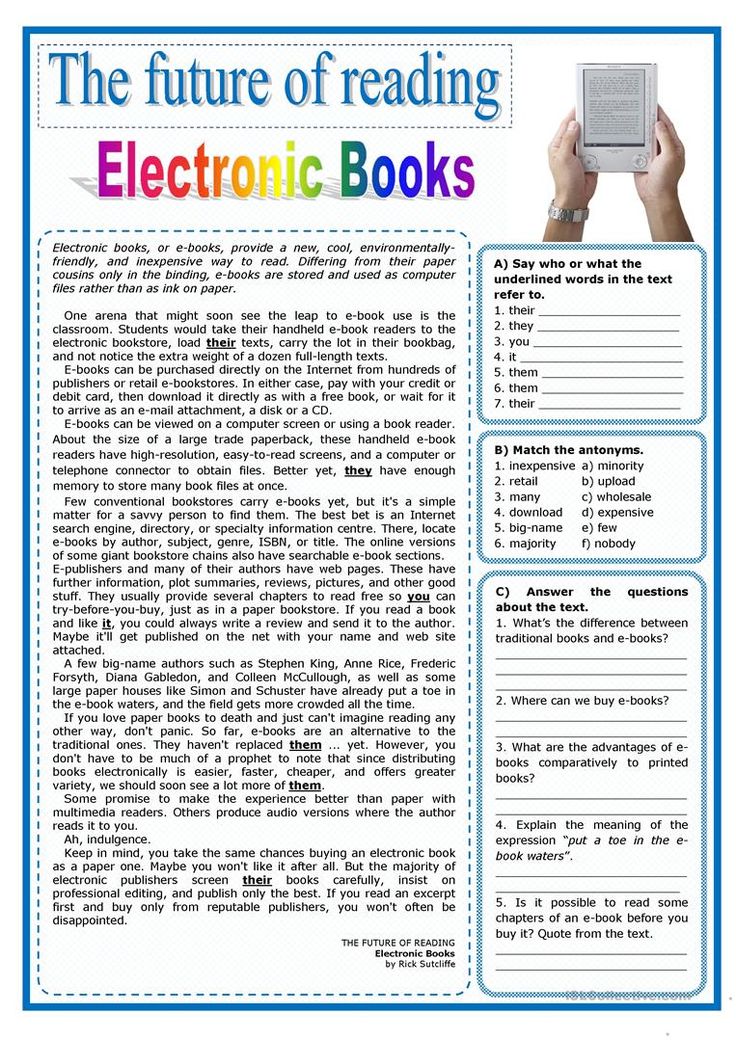 30000 characters
30000 characters 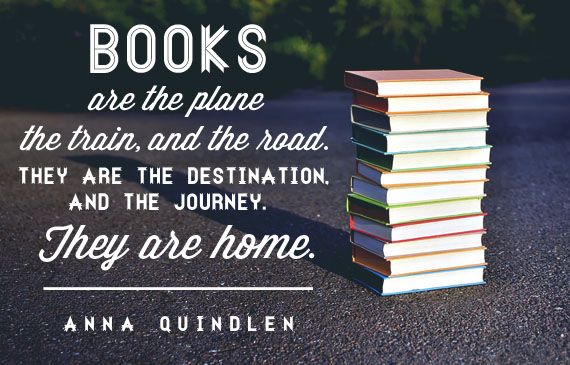 Will the object of her sighs appreciate the dignity of Elizabeth? Read on and you will find out for yourself. nine0012
Will the object of her sighs appreciate the dignity of Elizabeth? Read on and you will find out for yourself. nine0012 